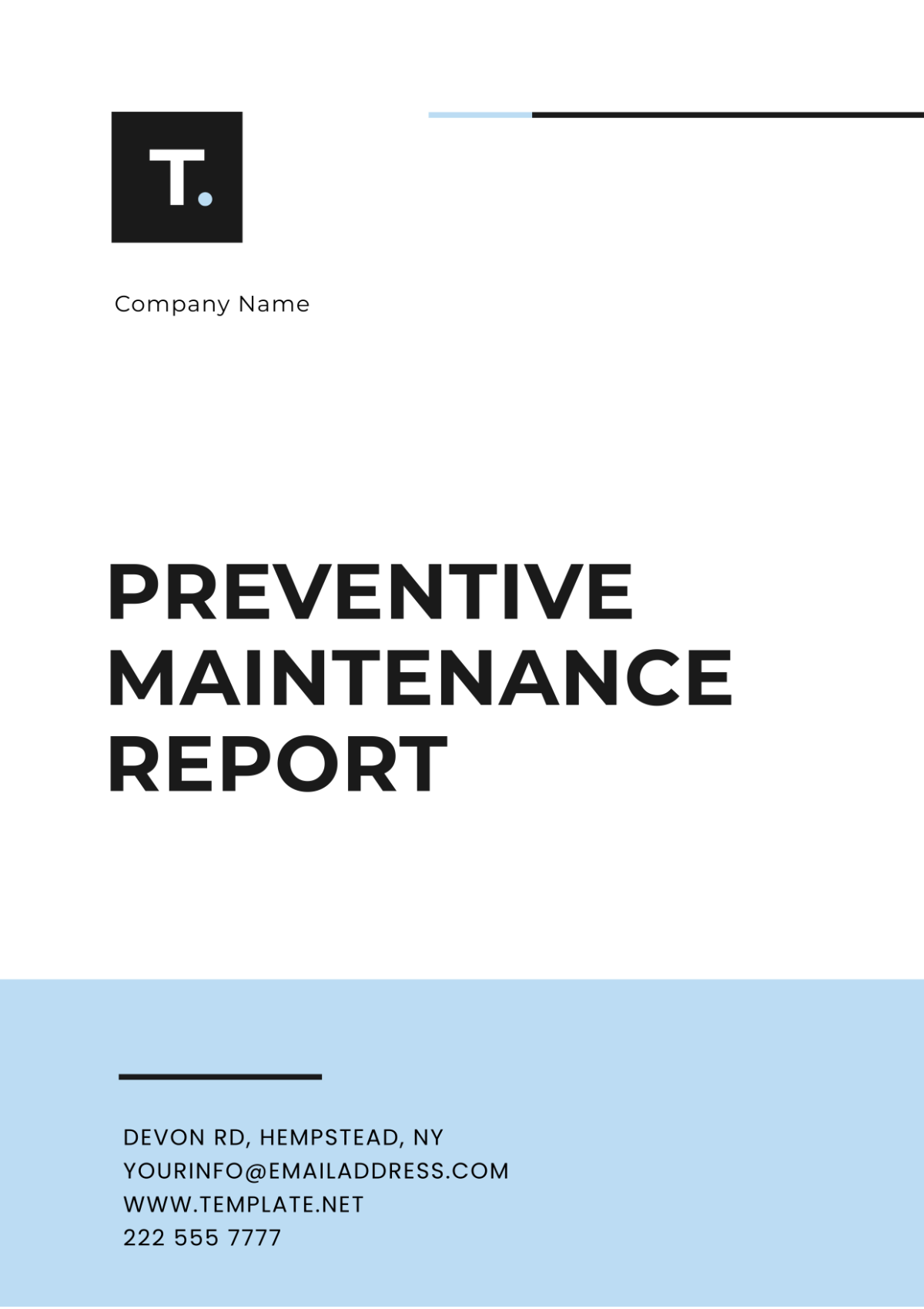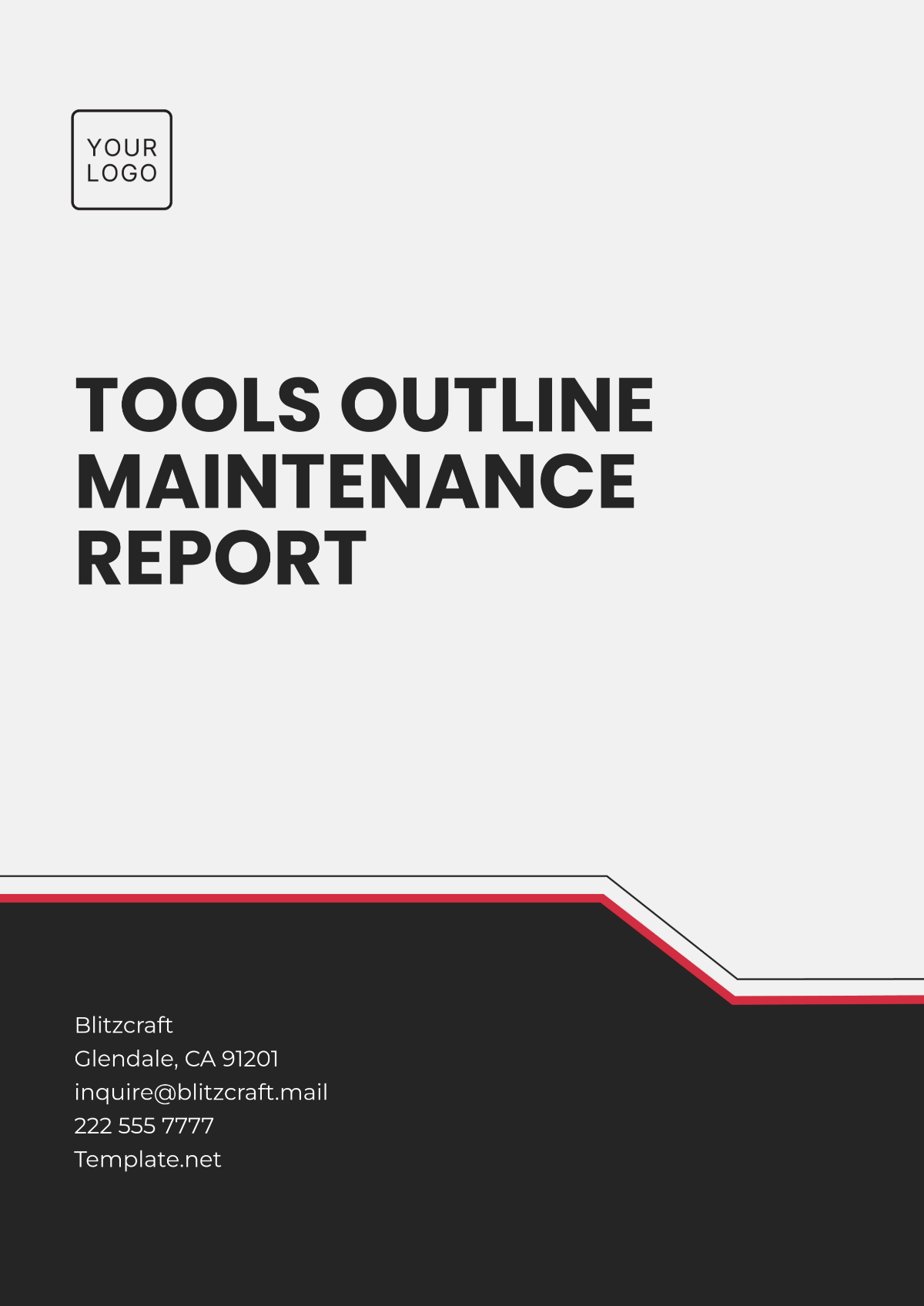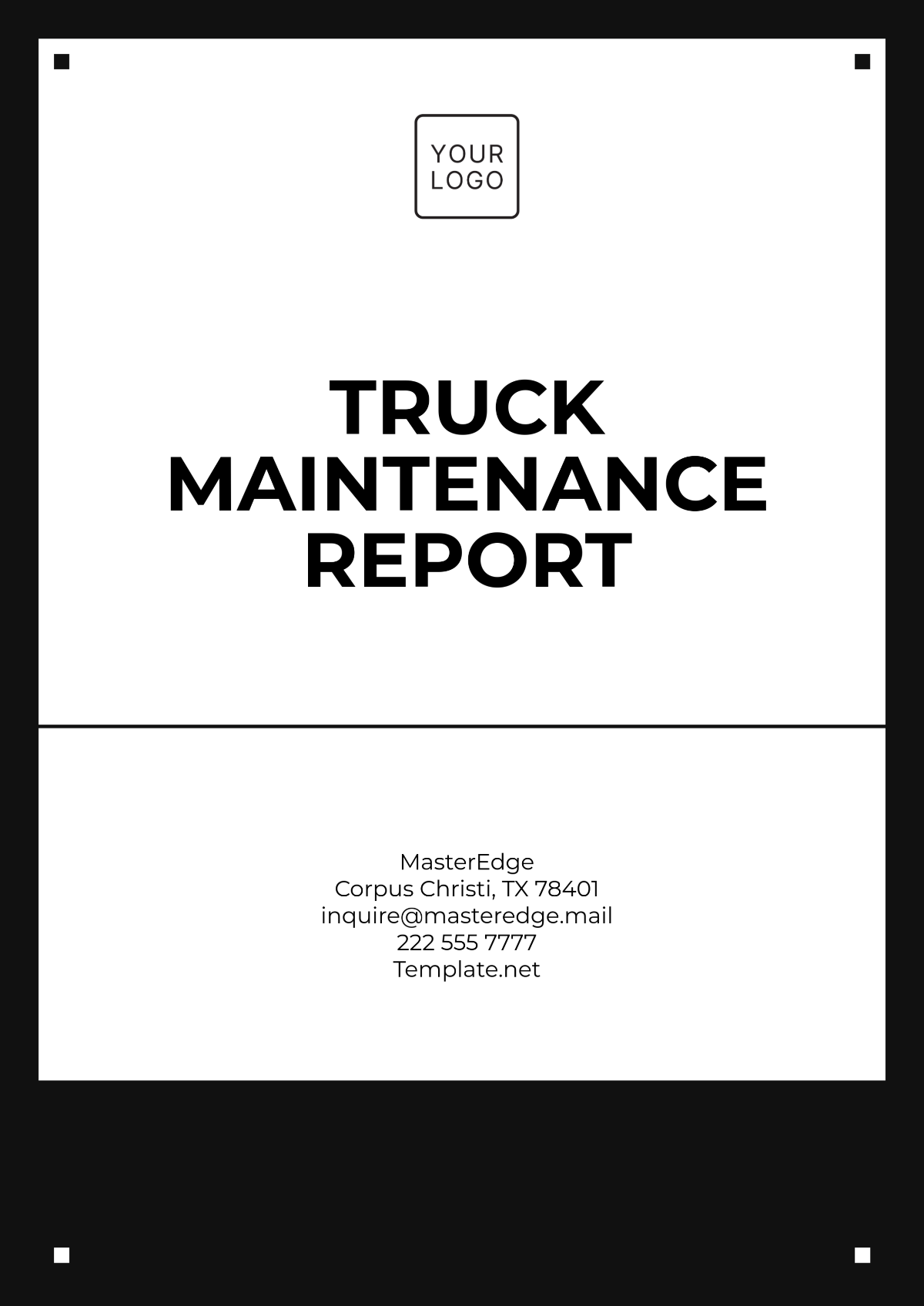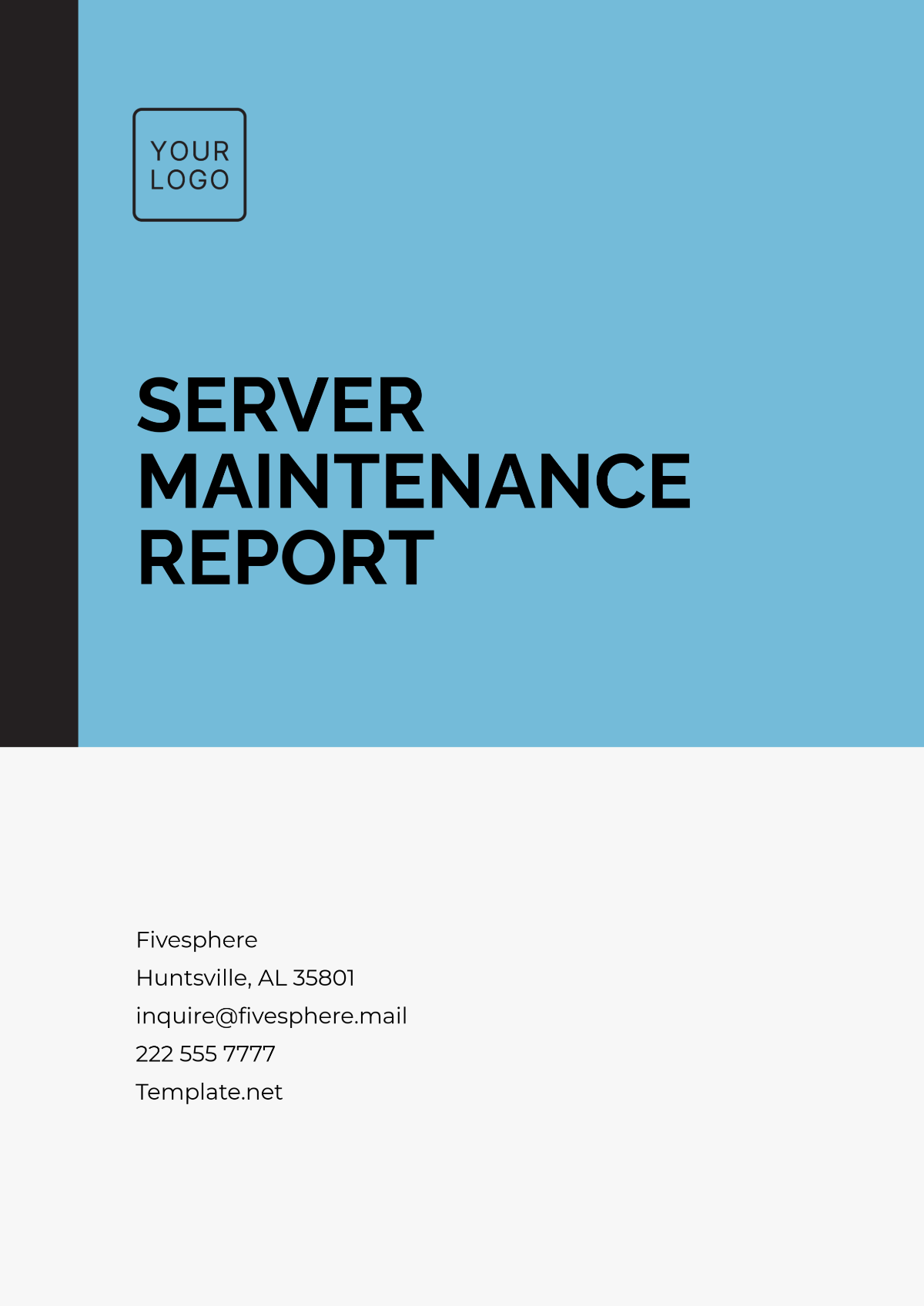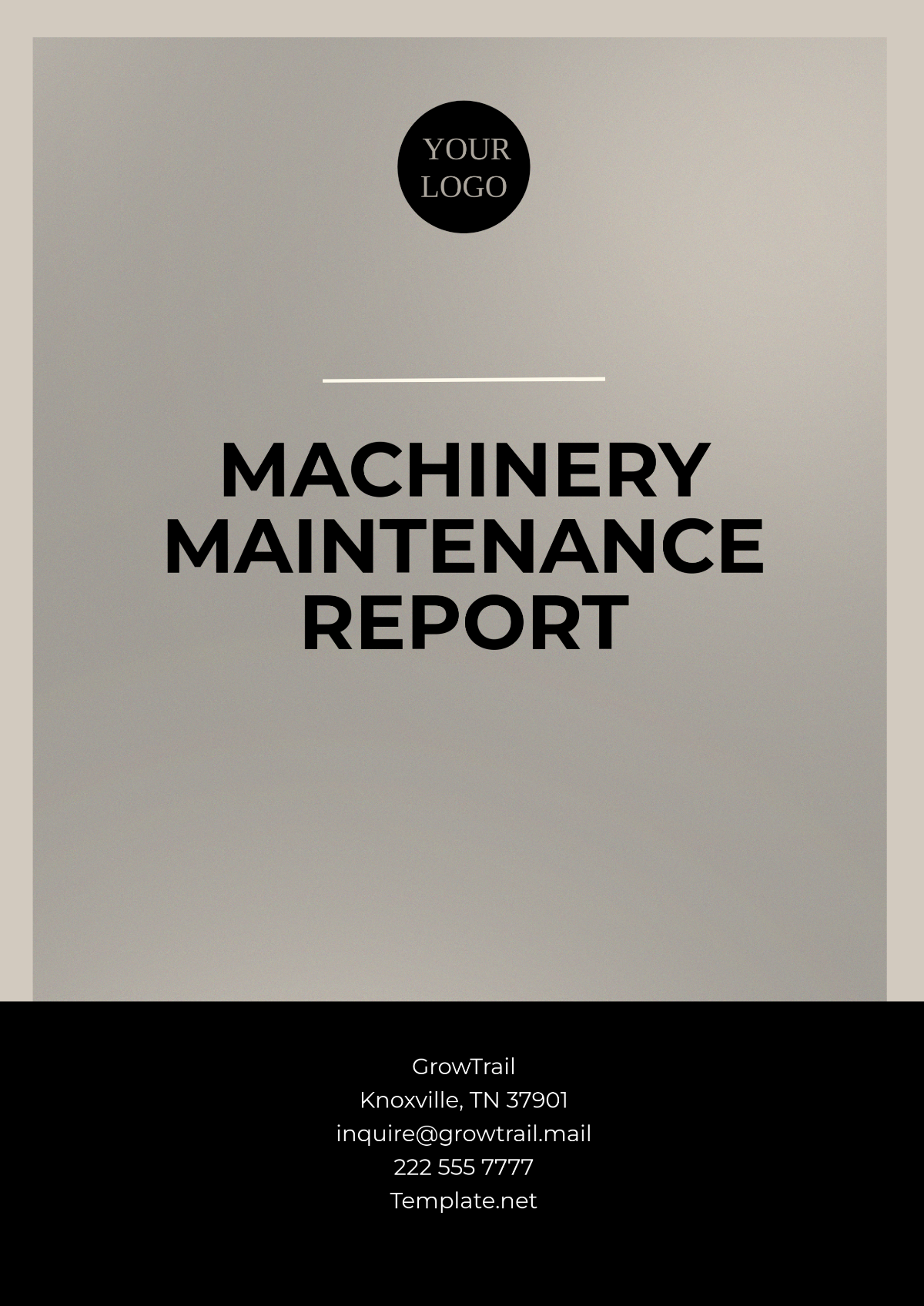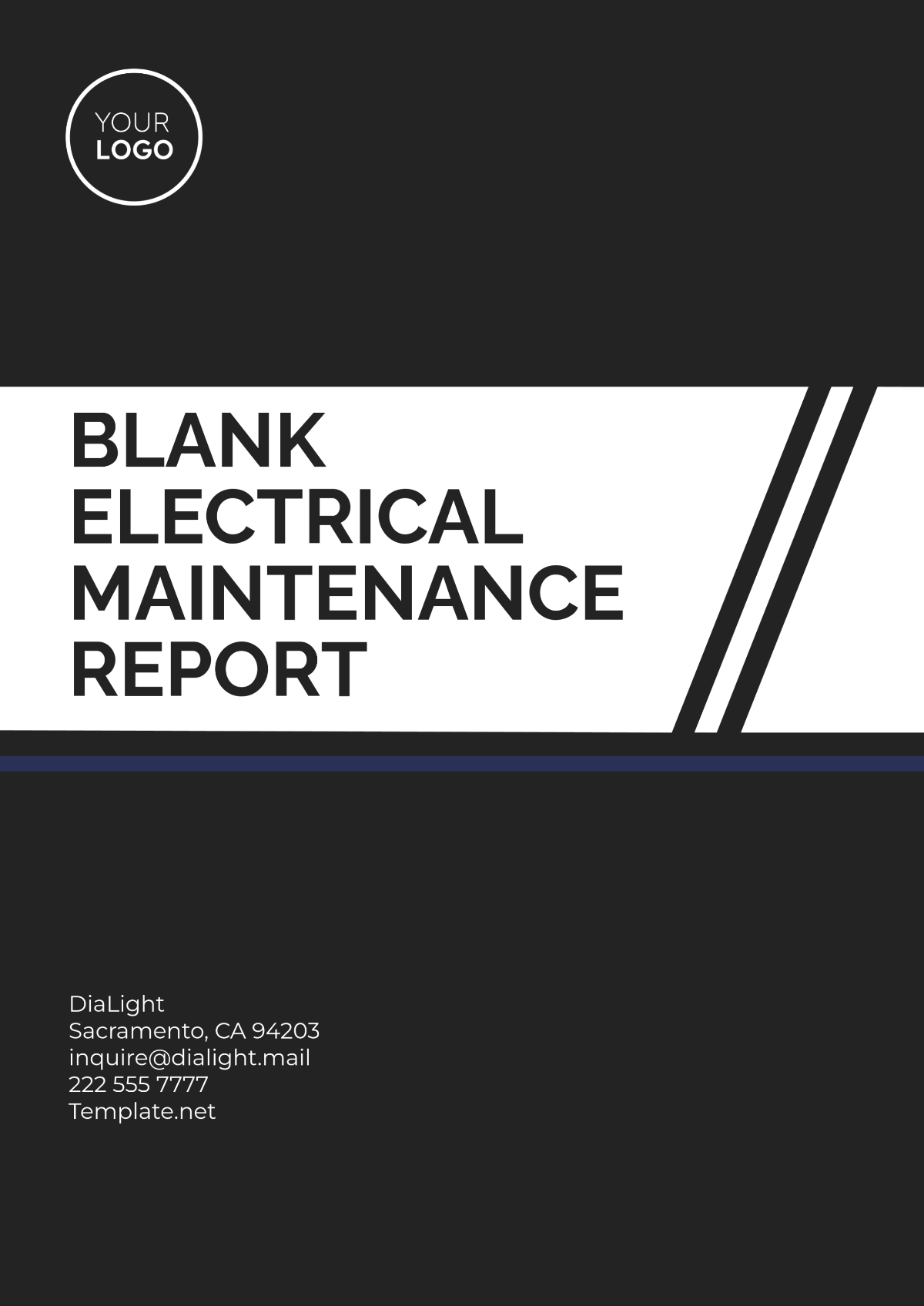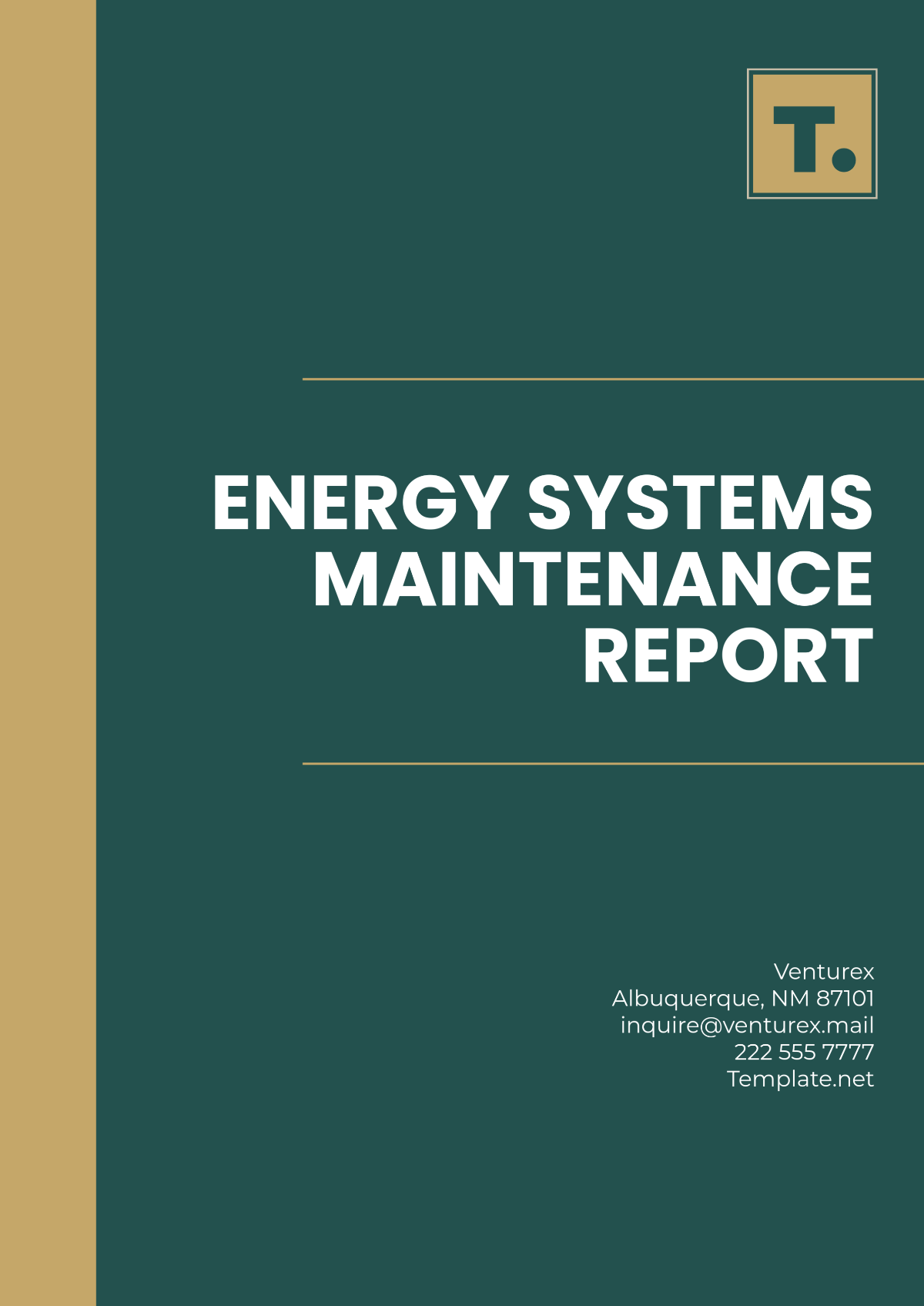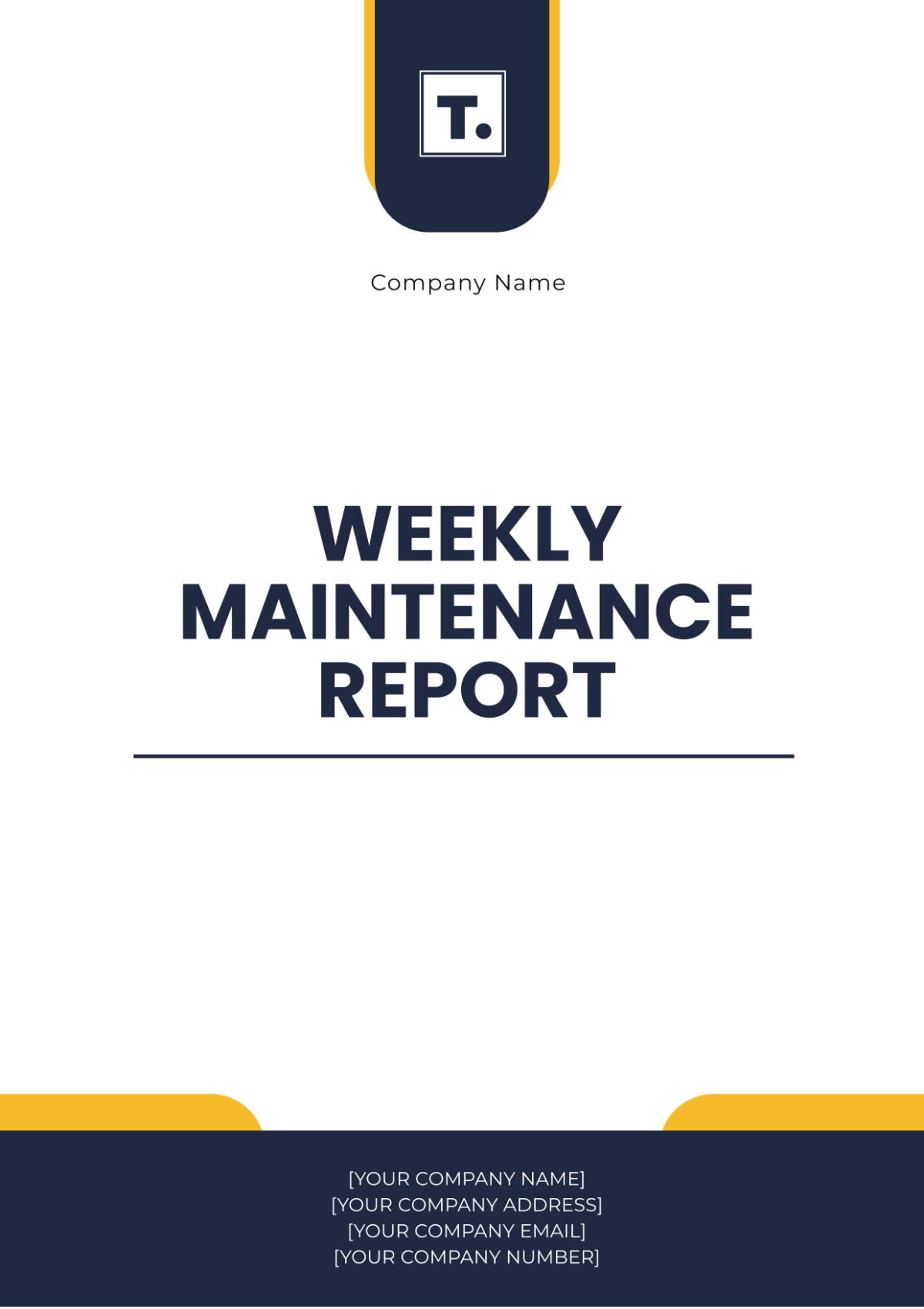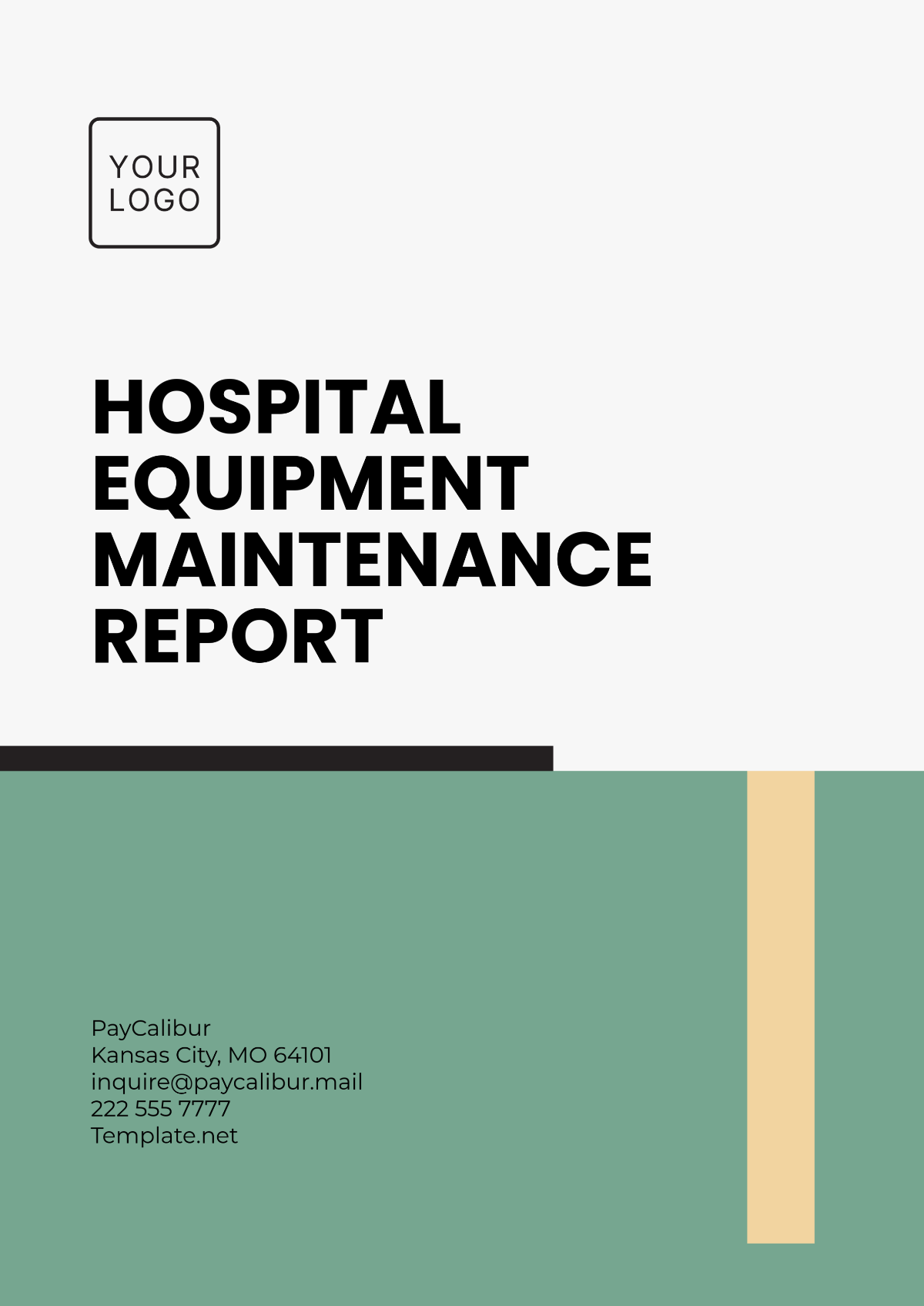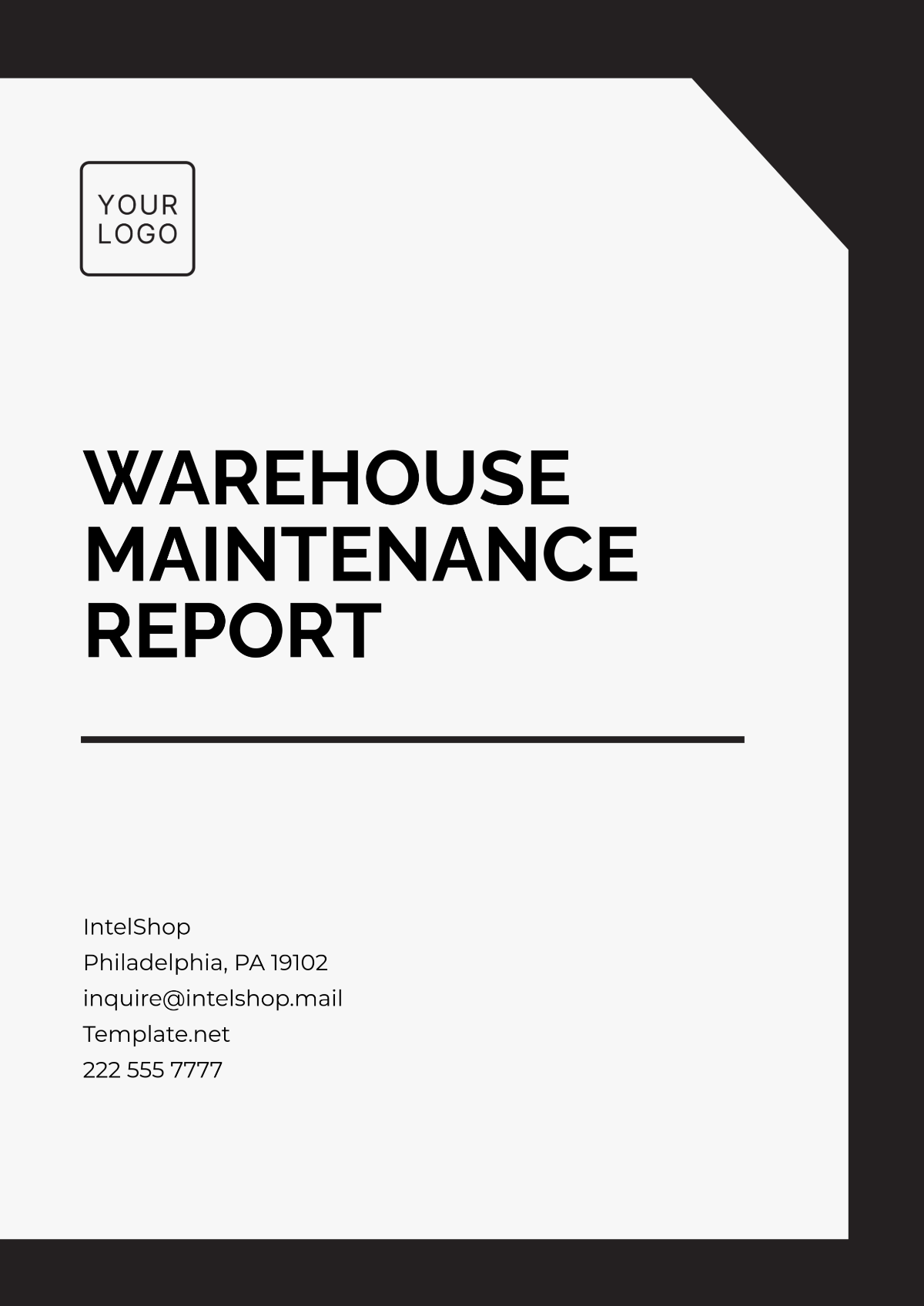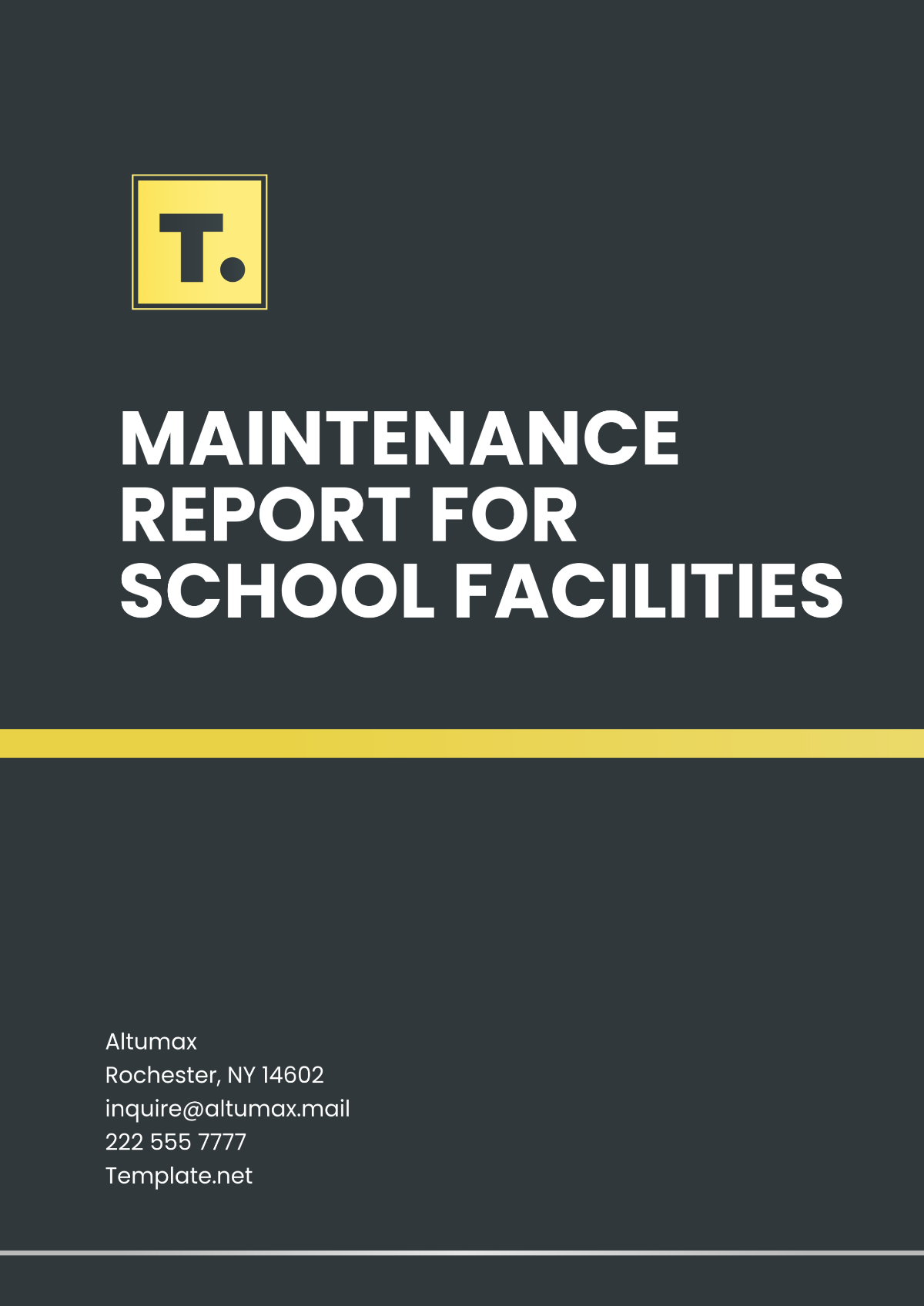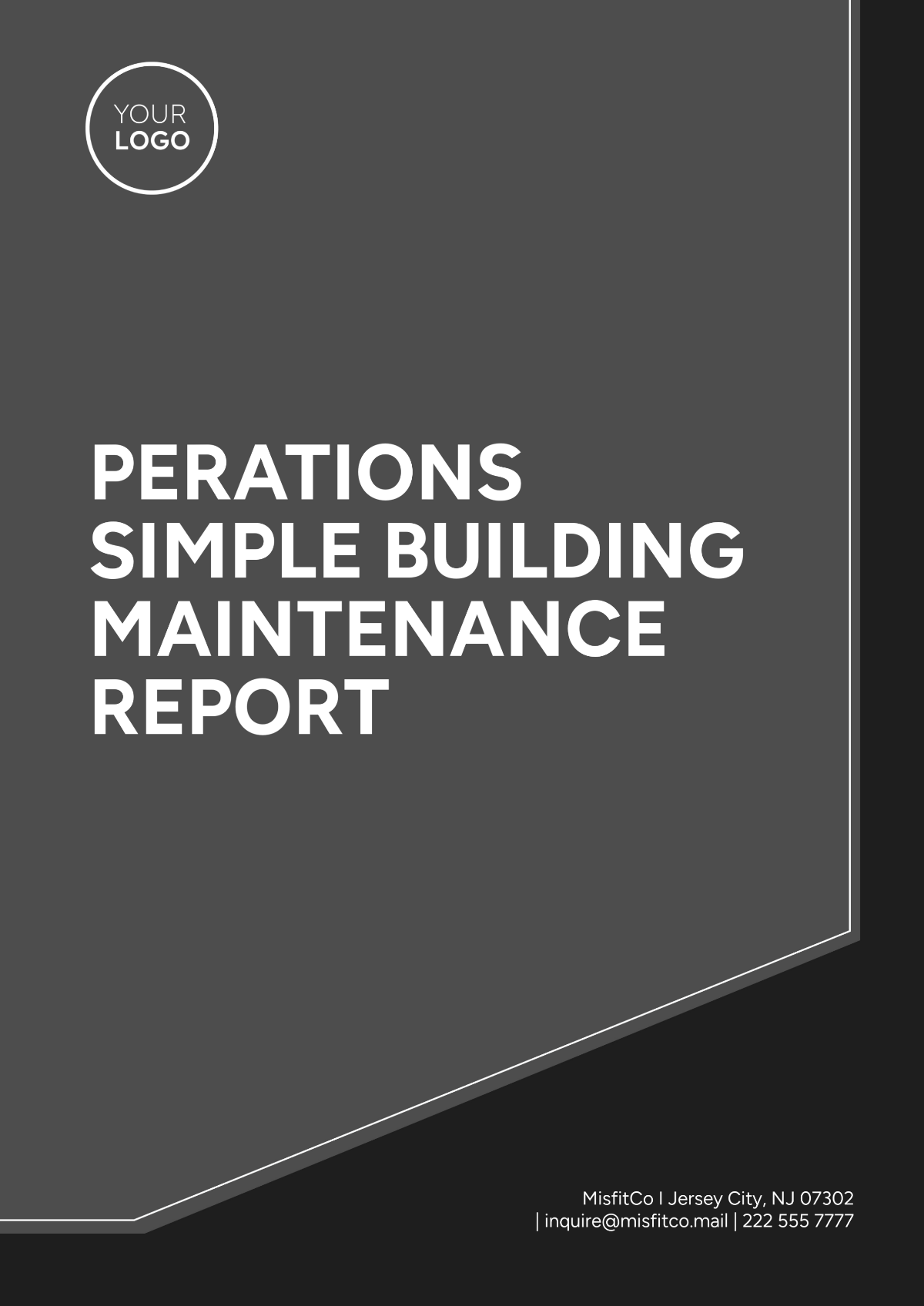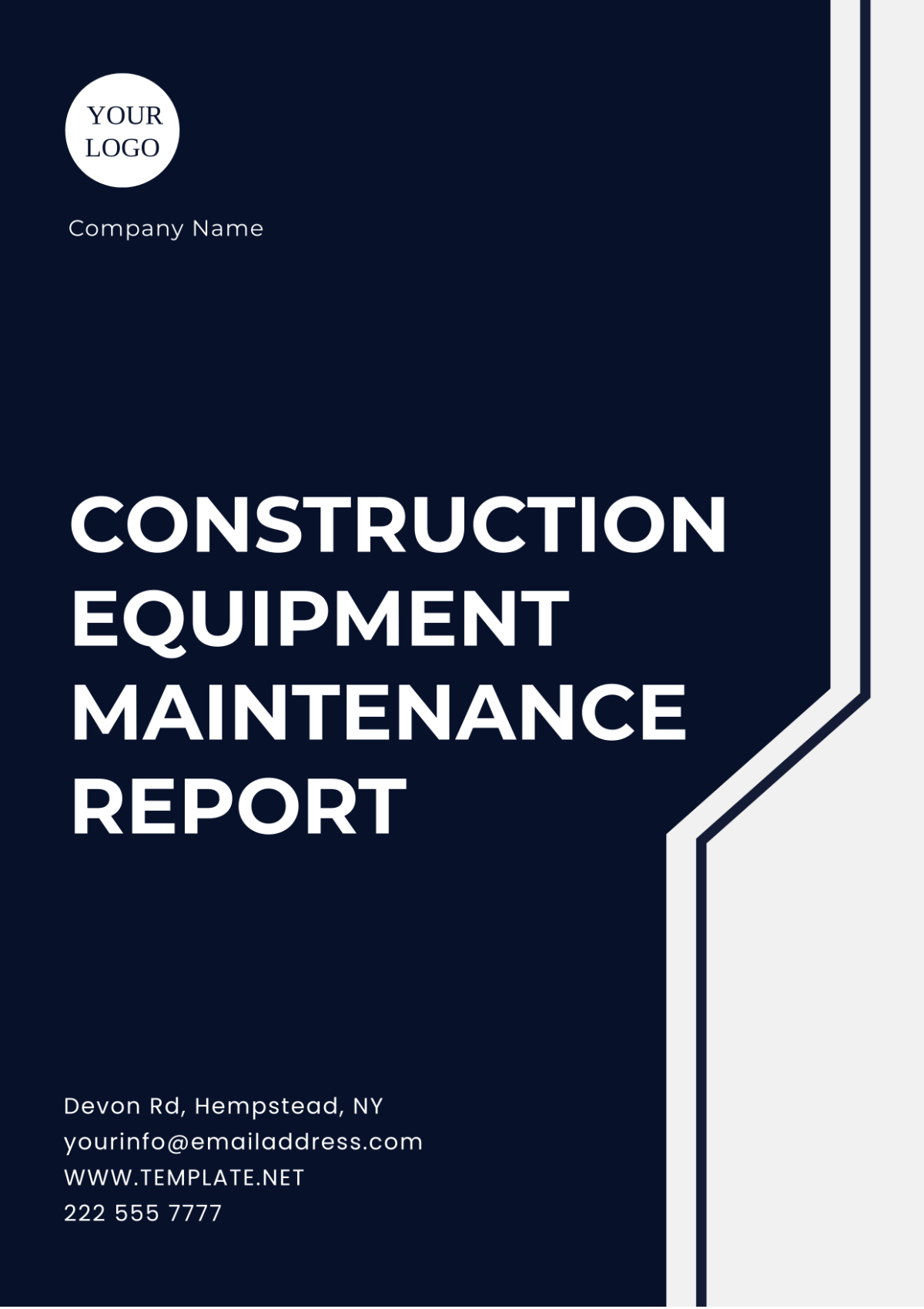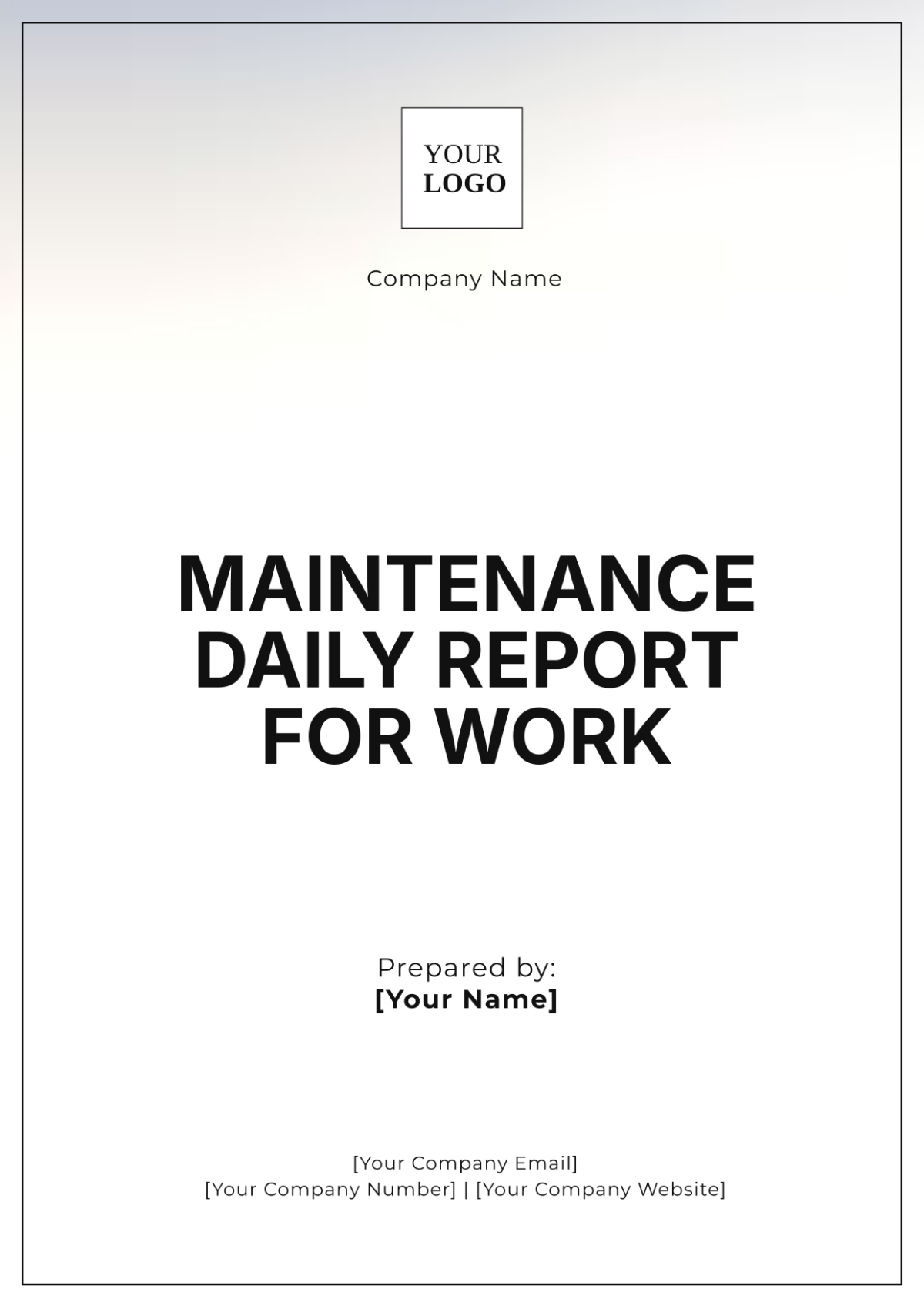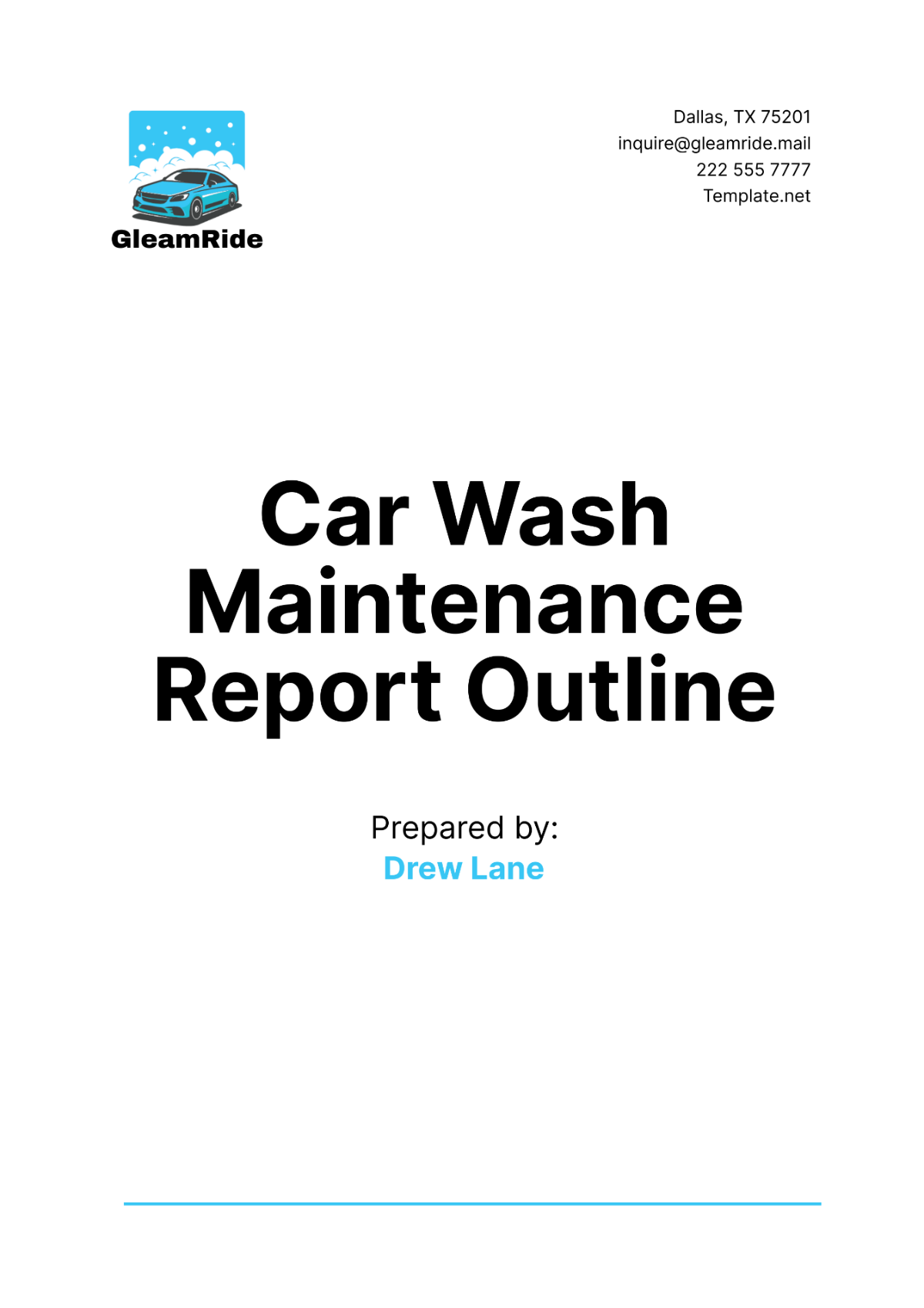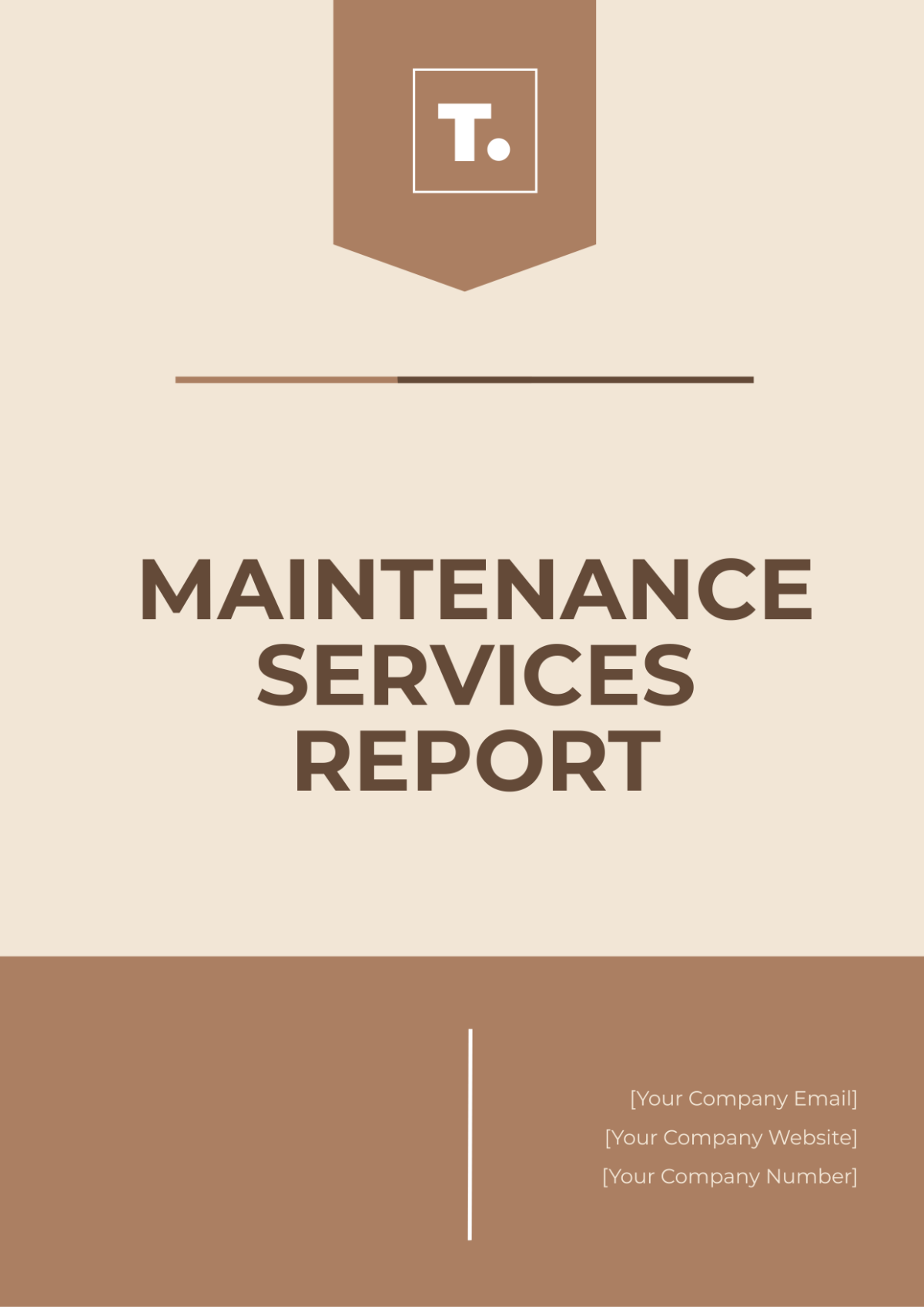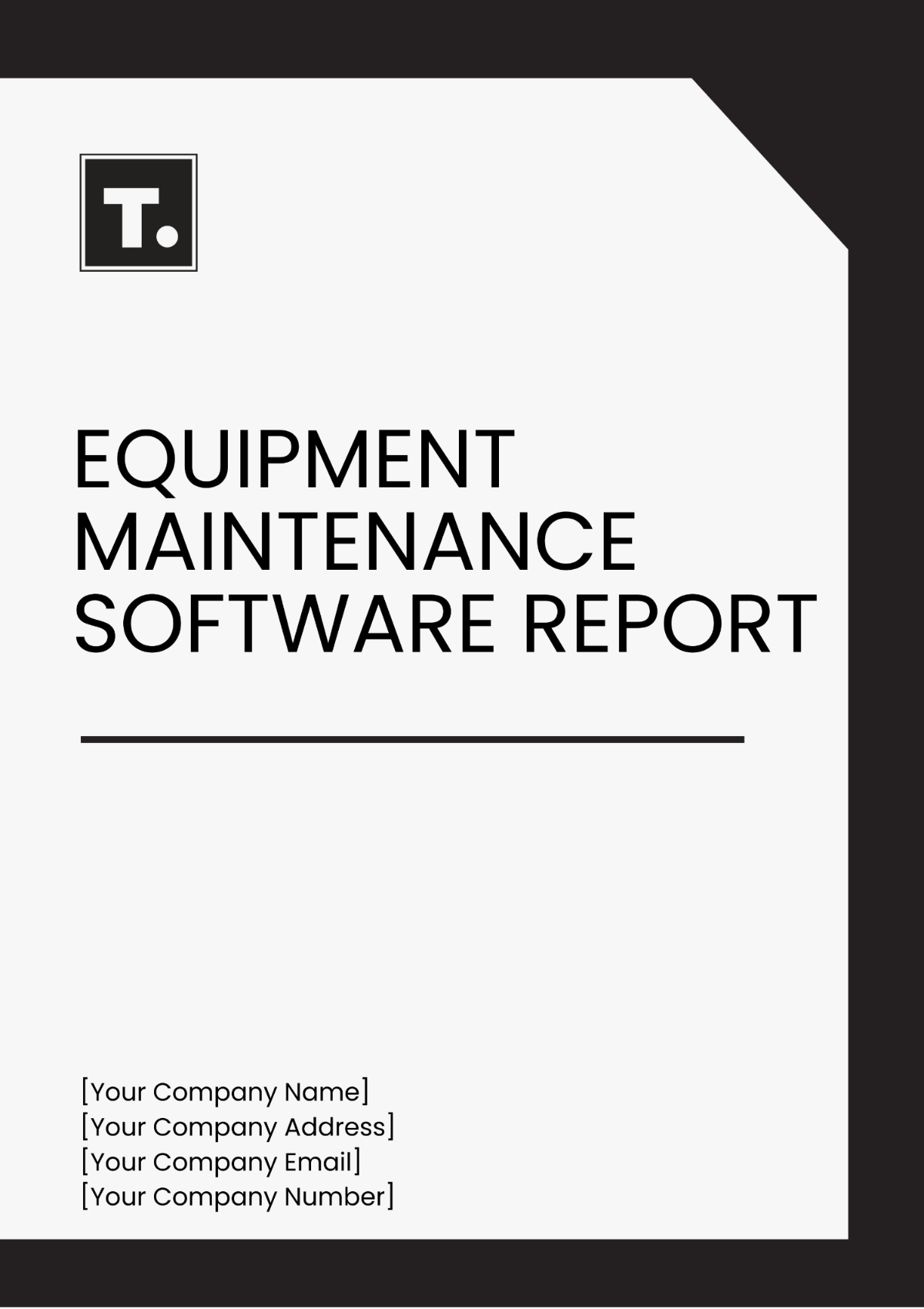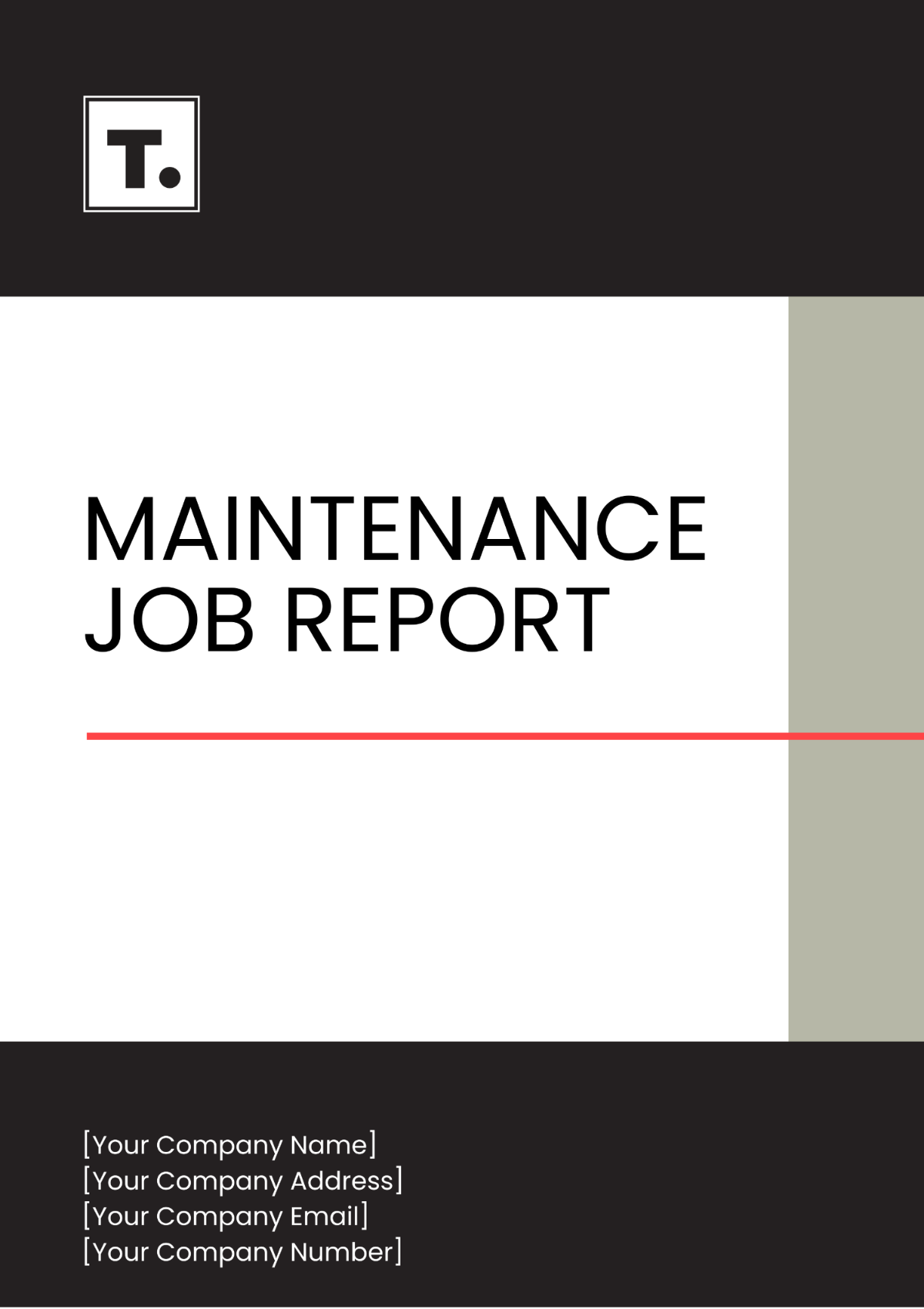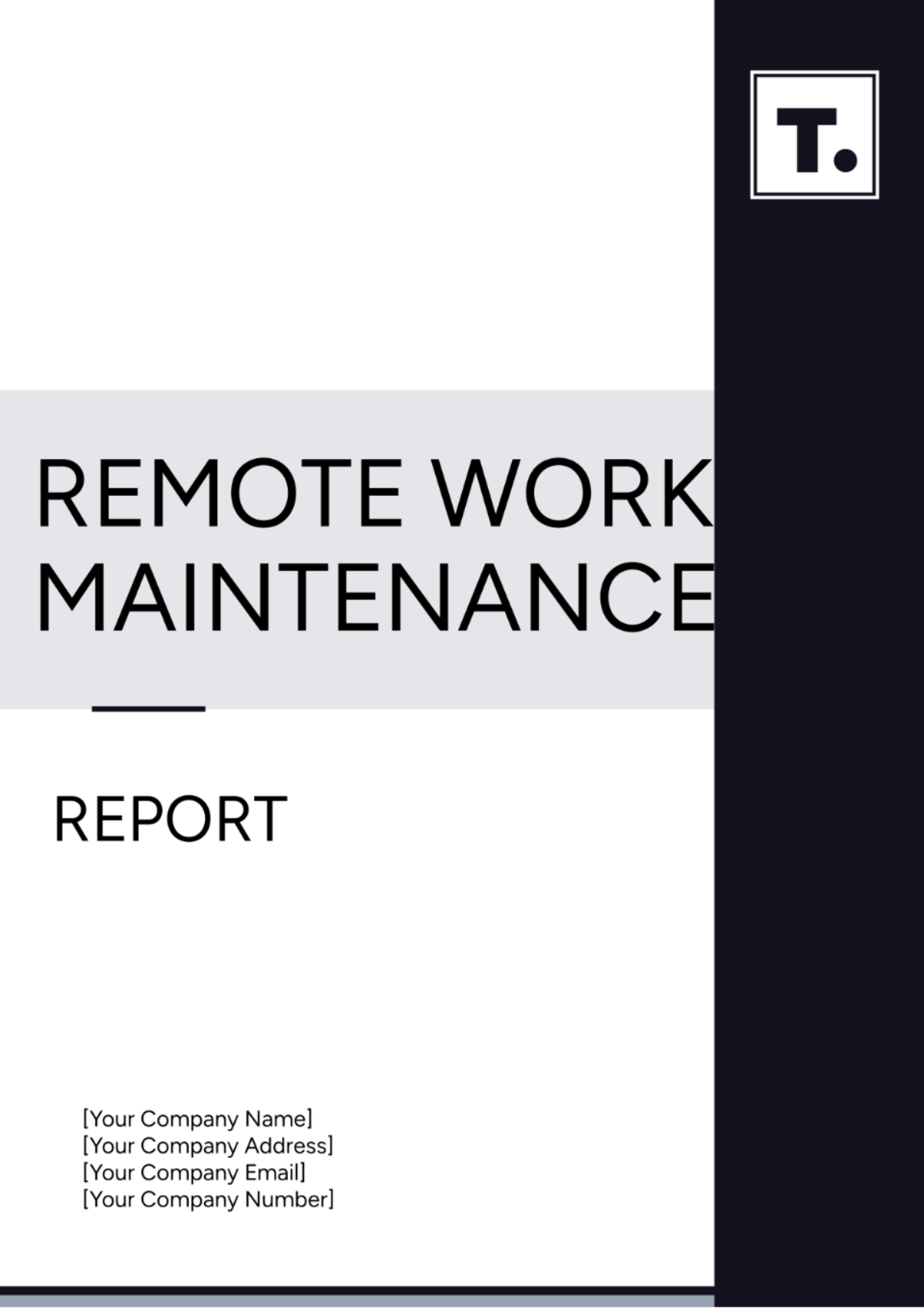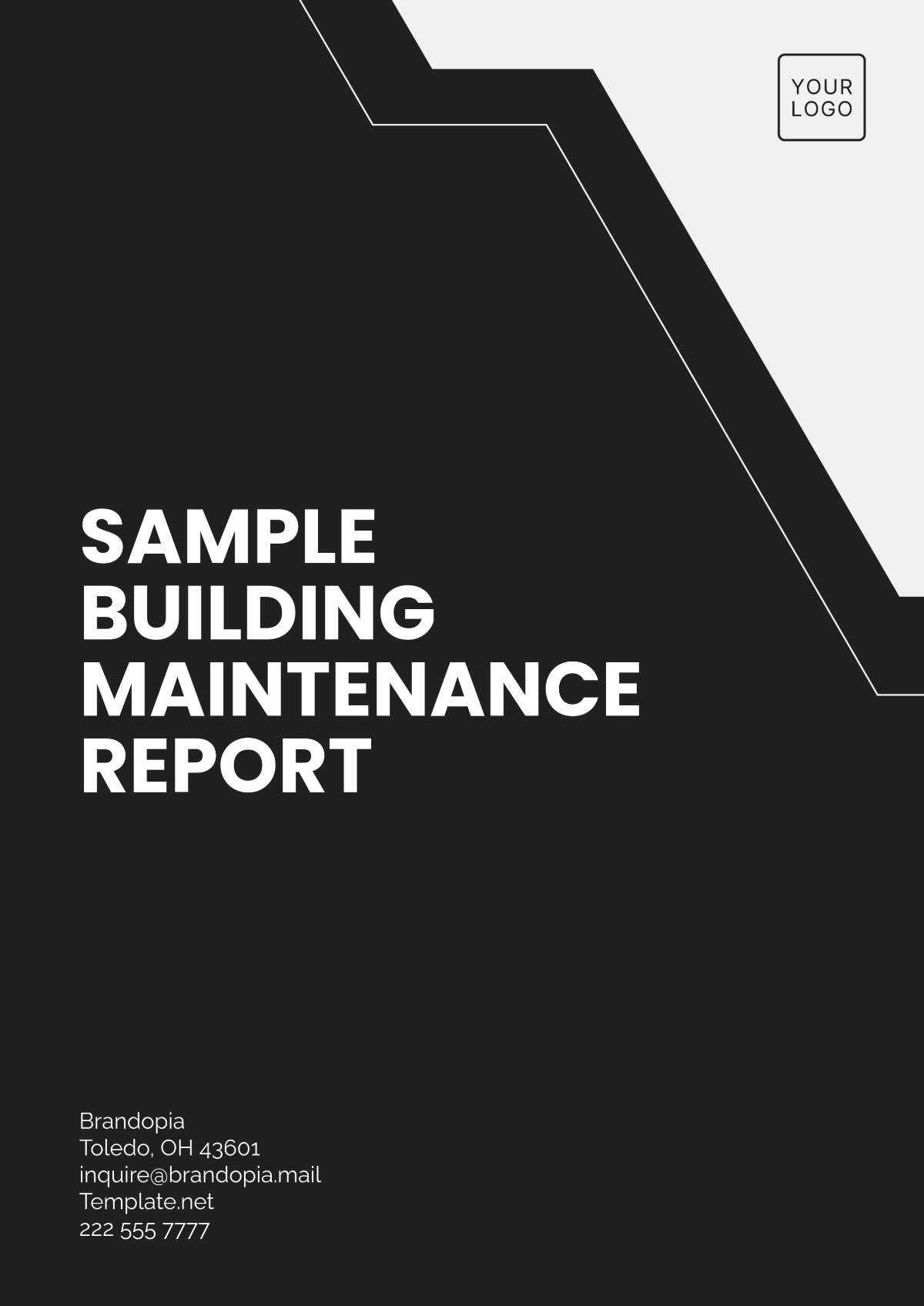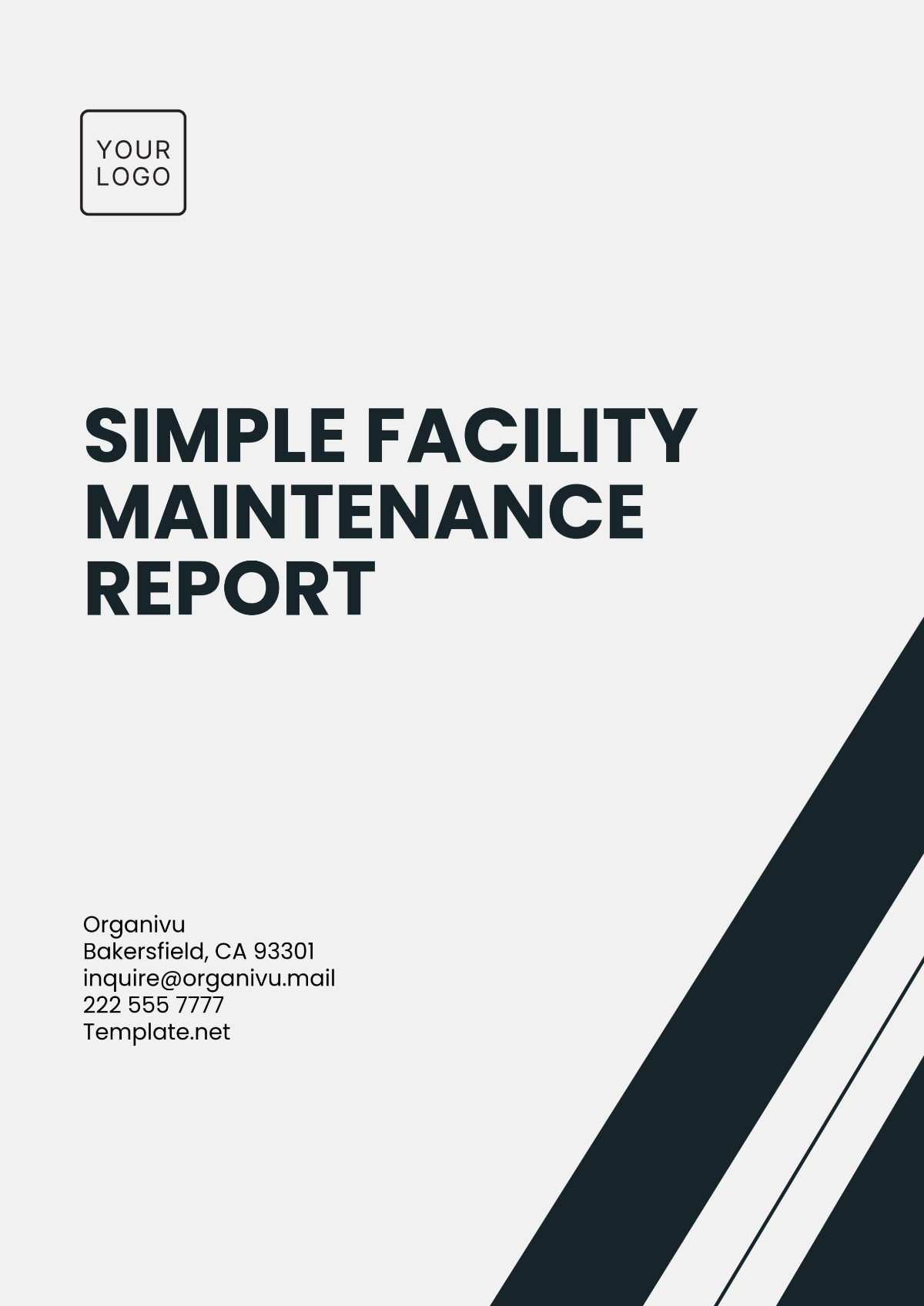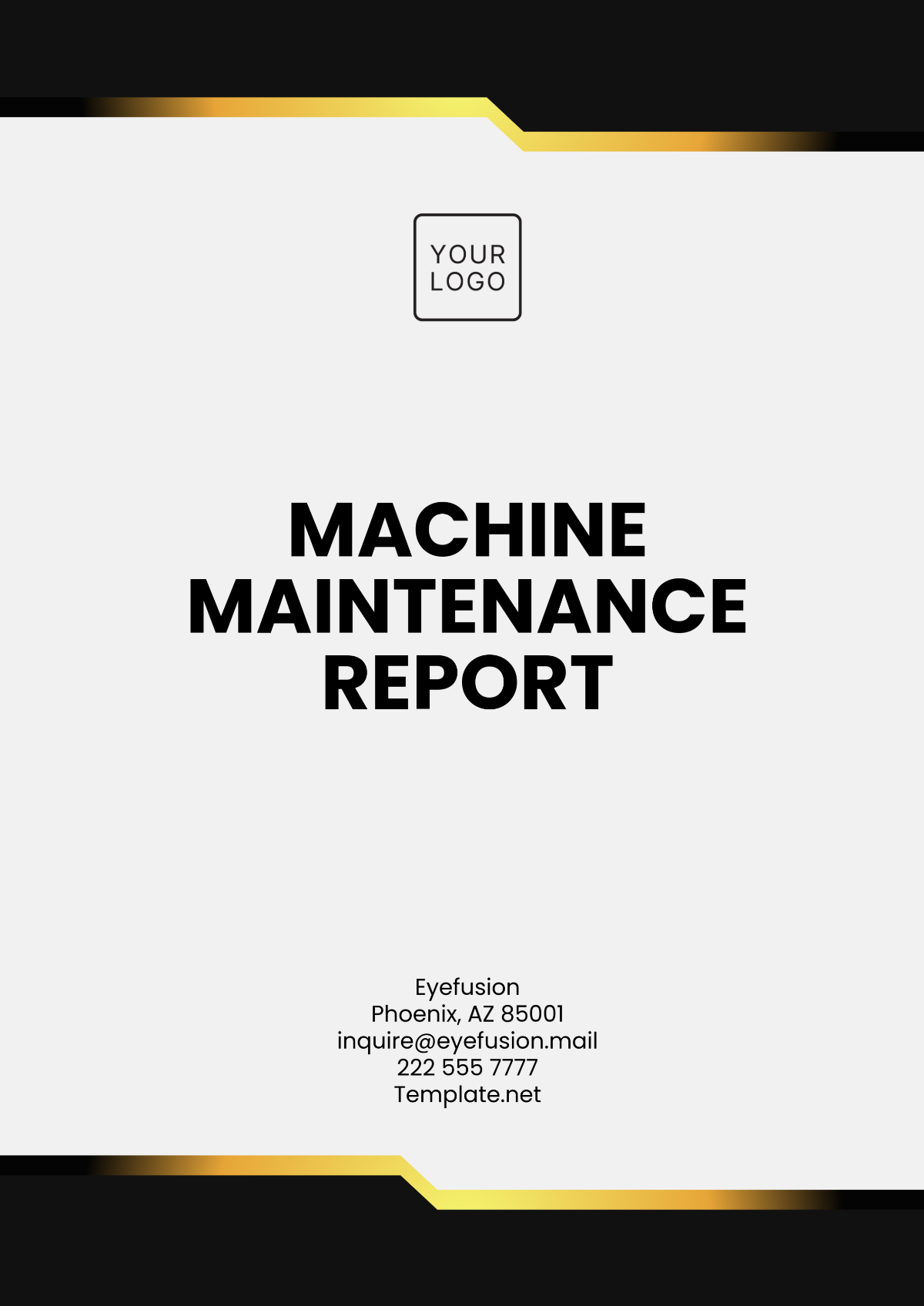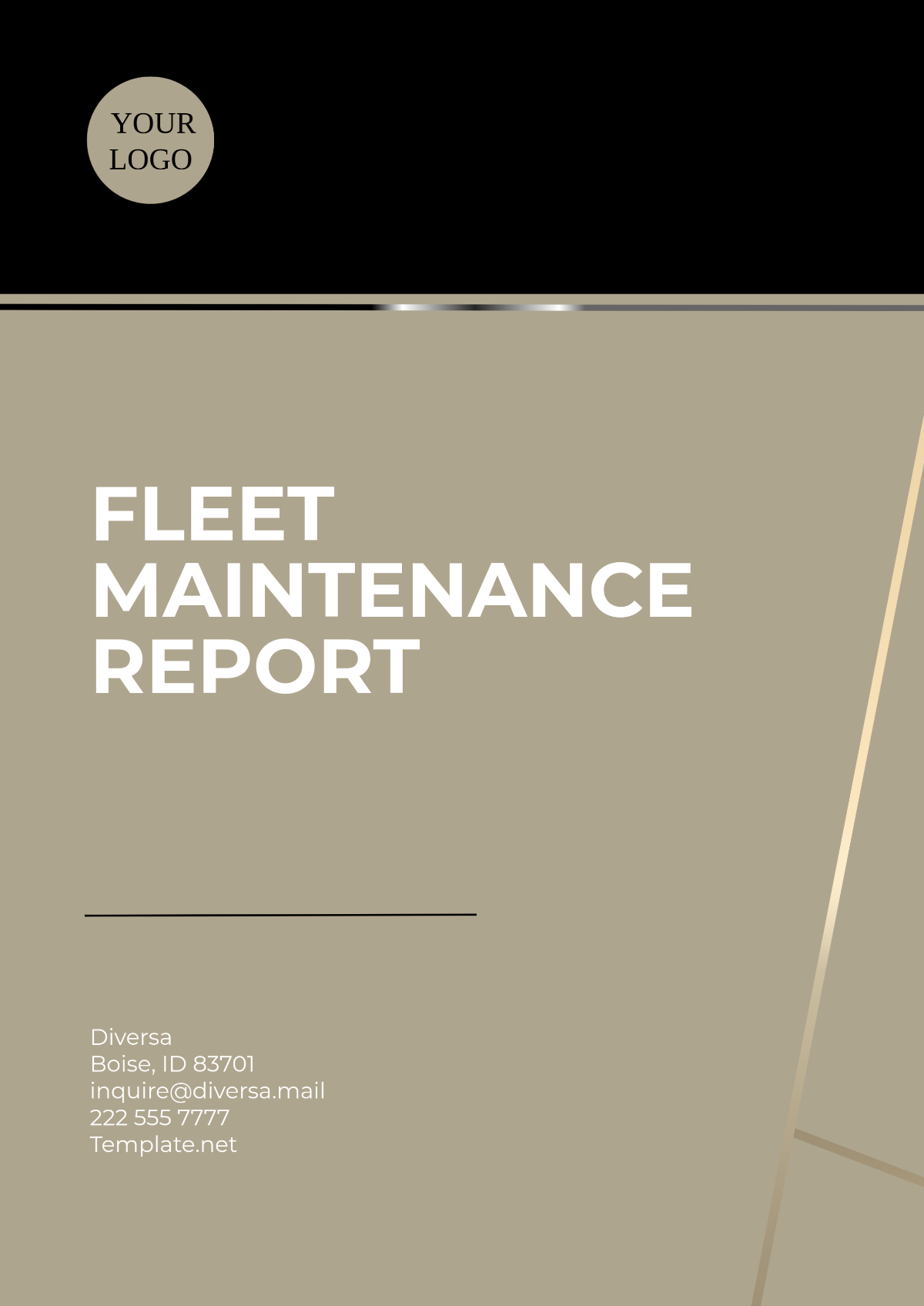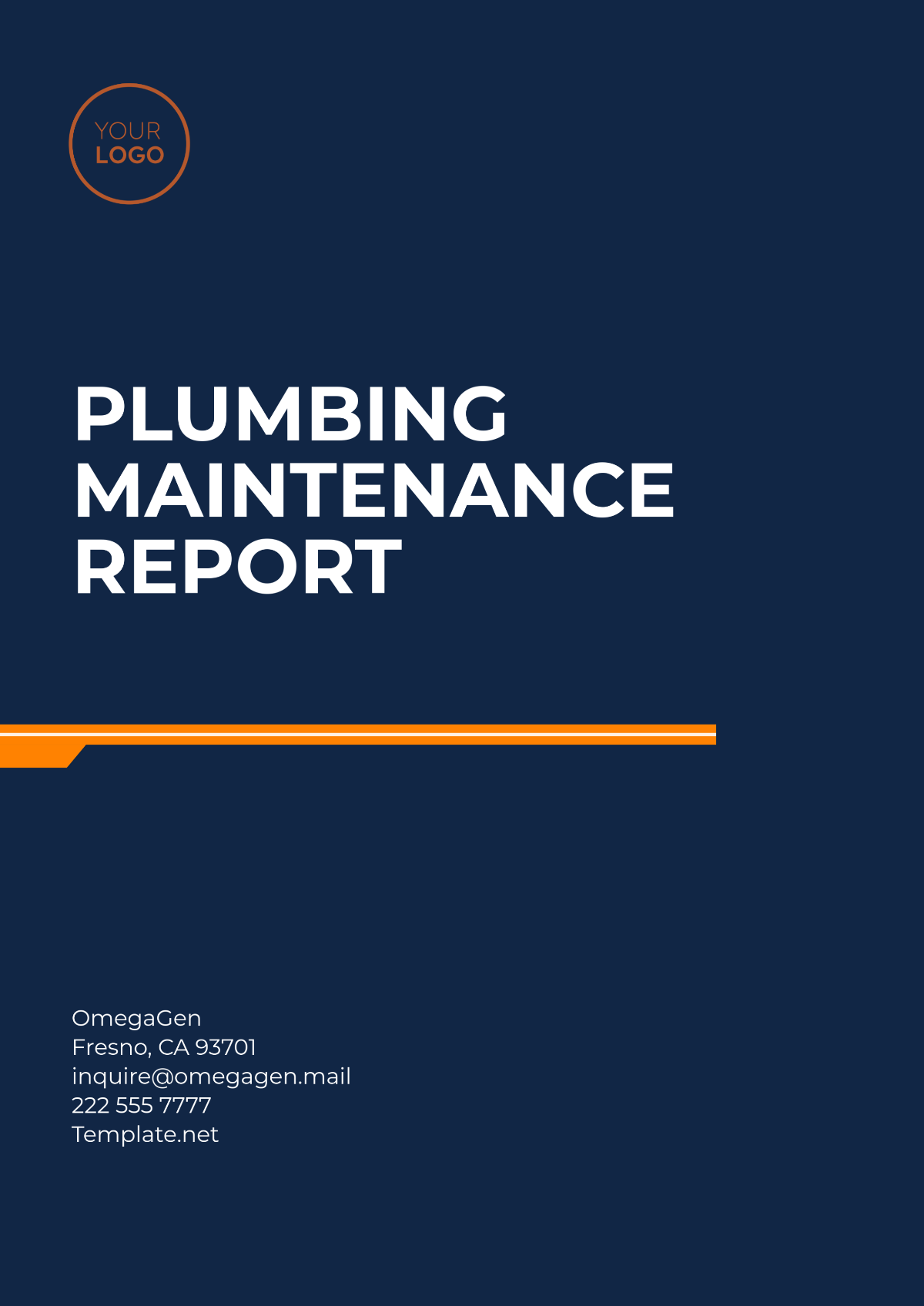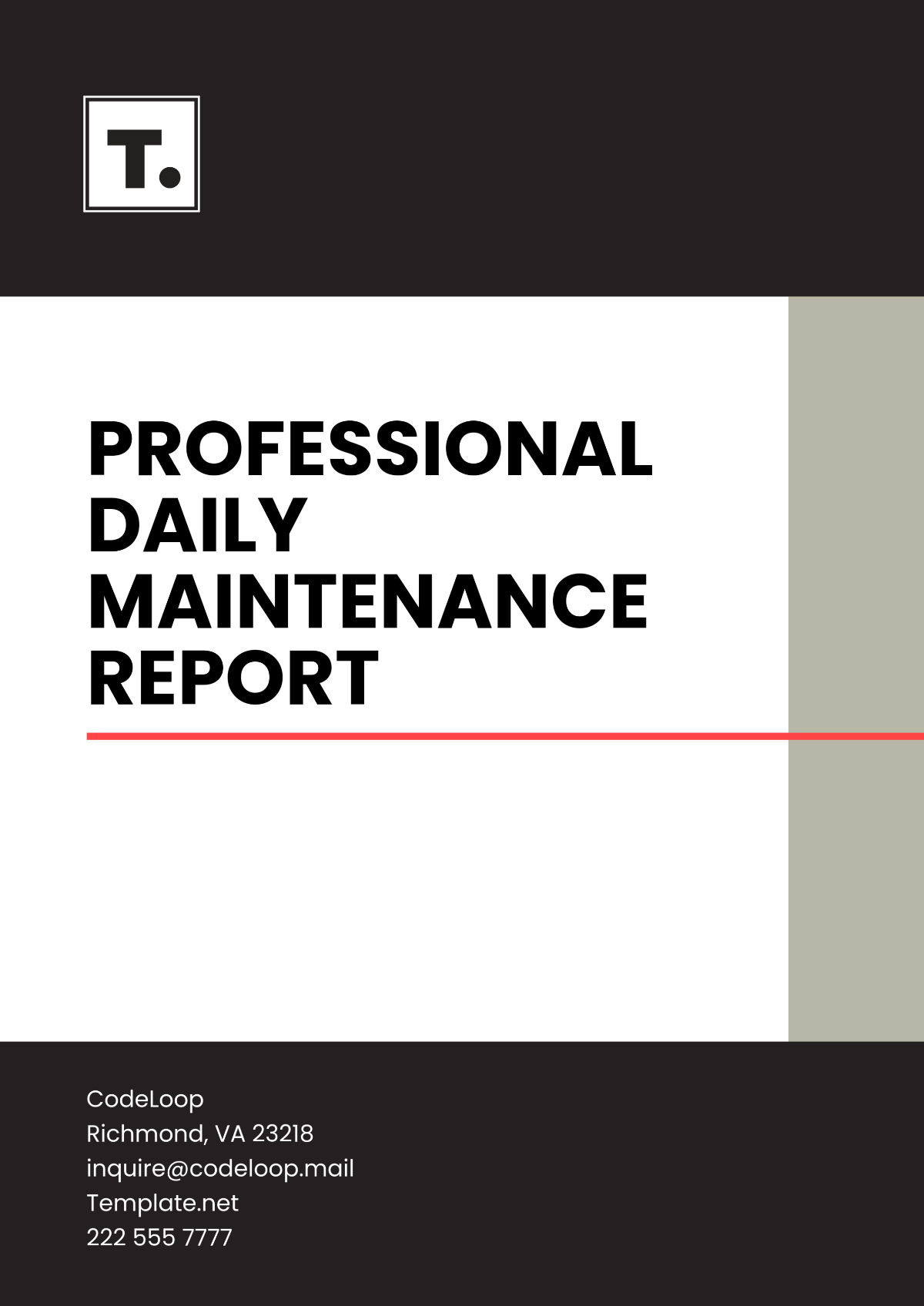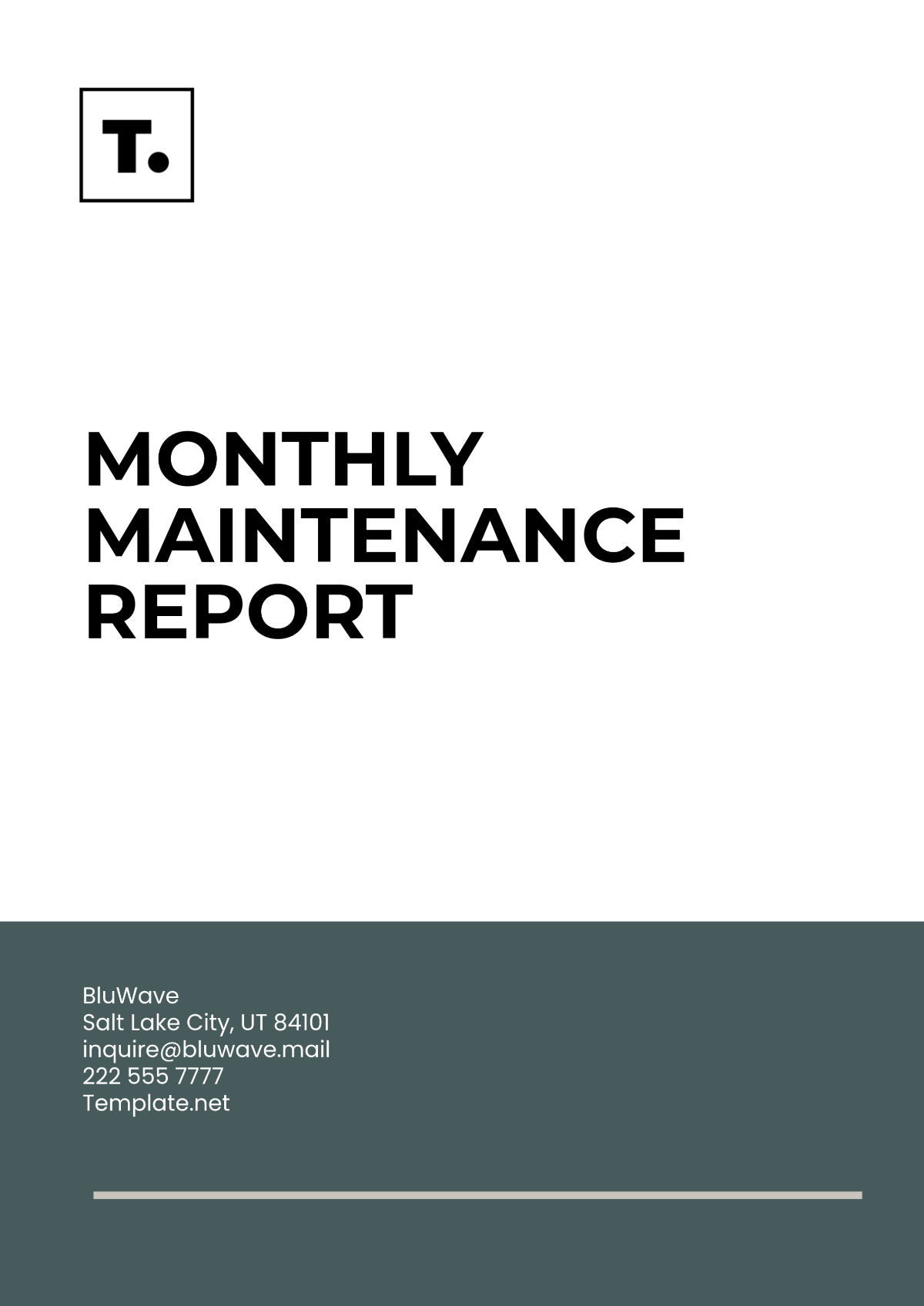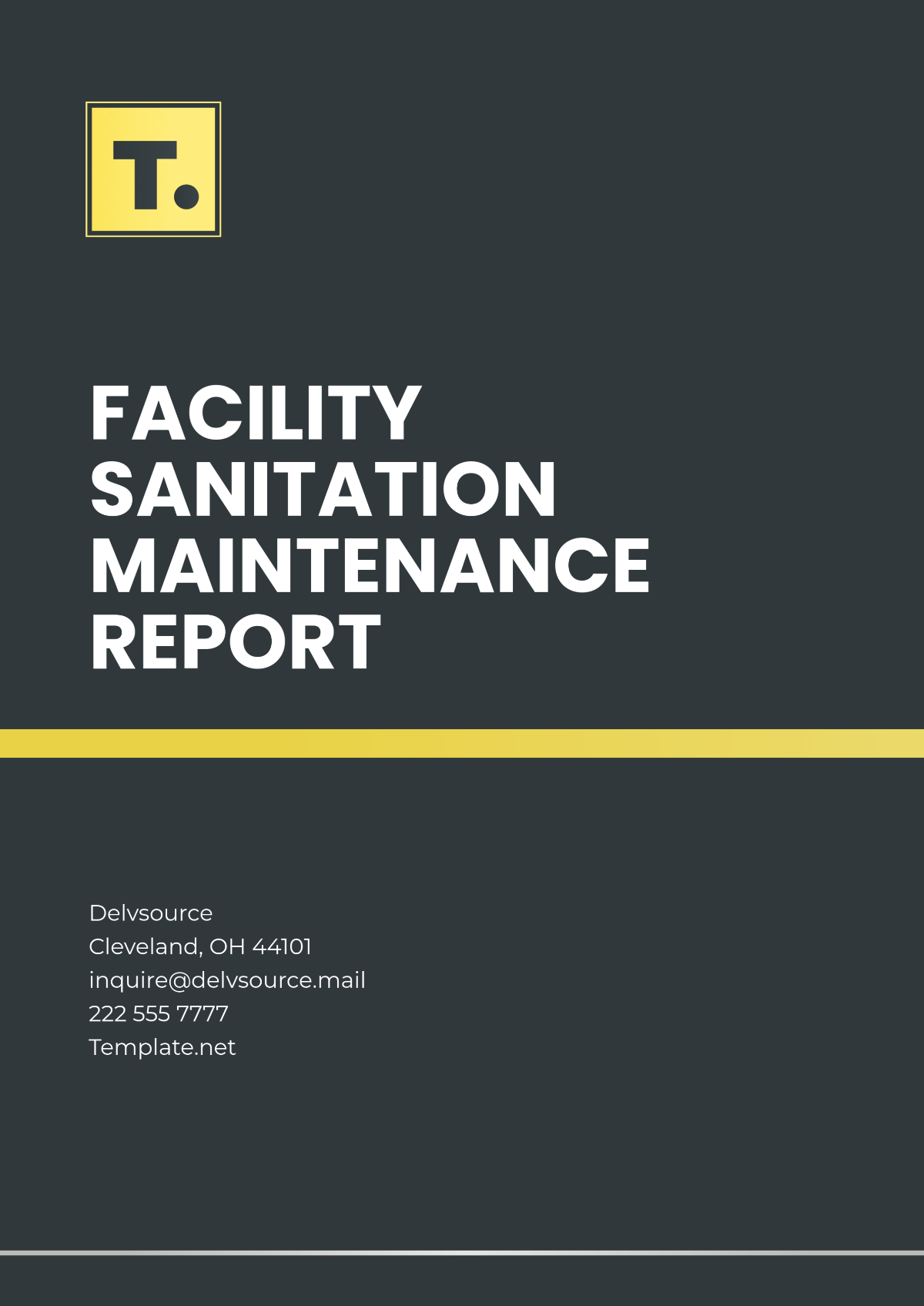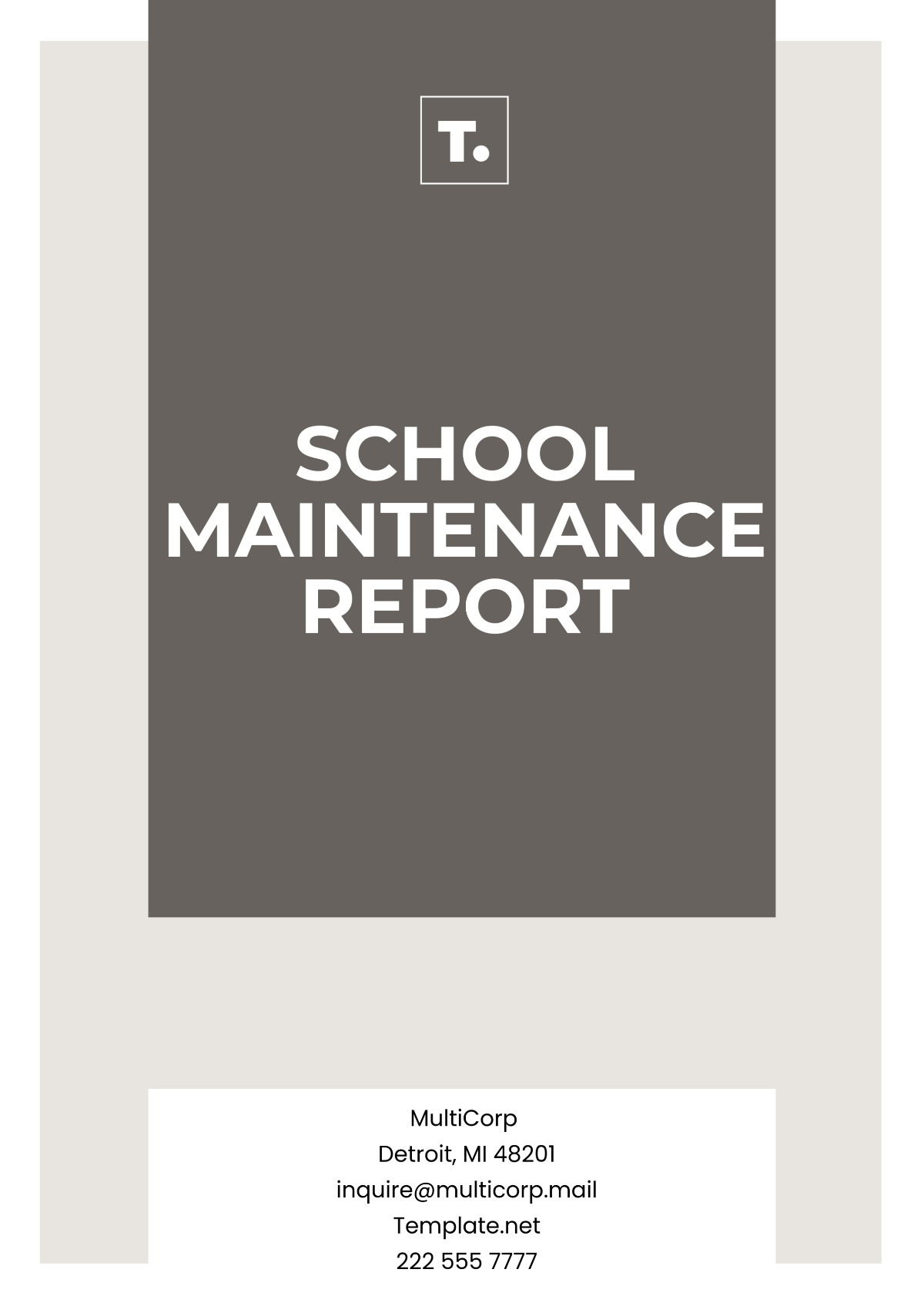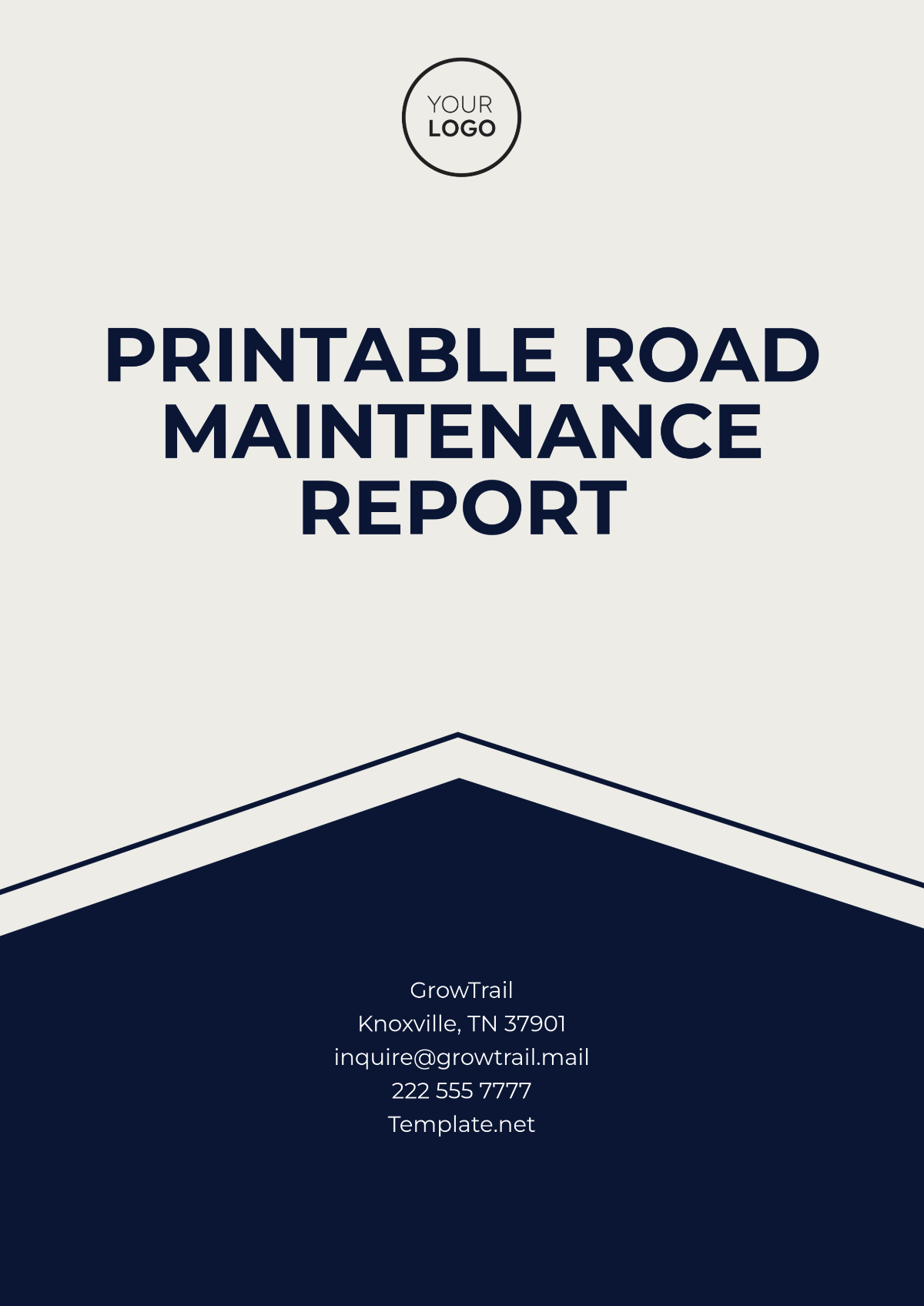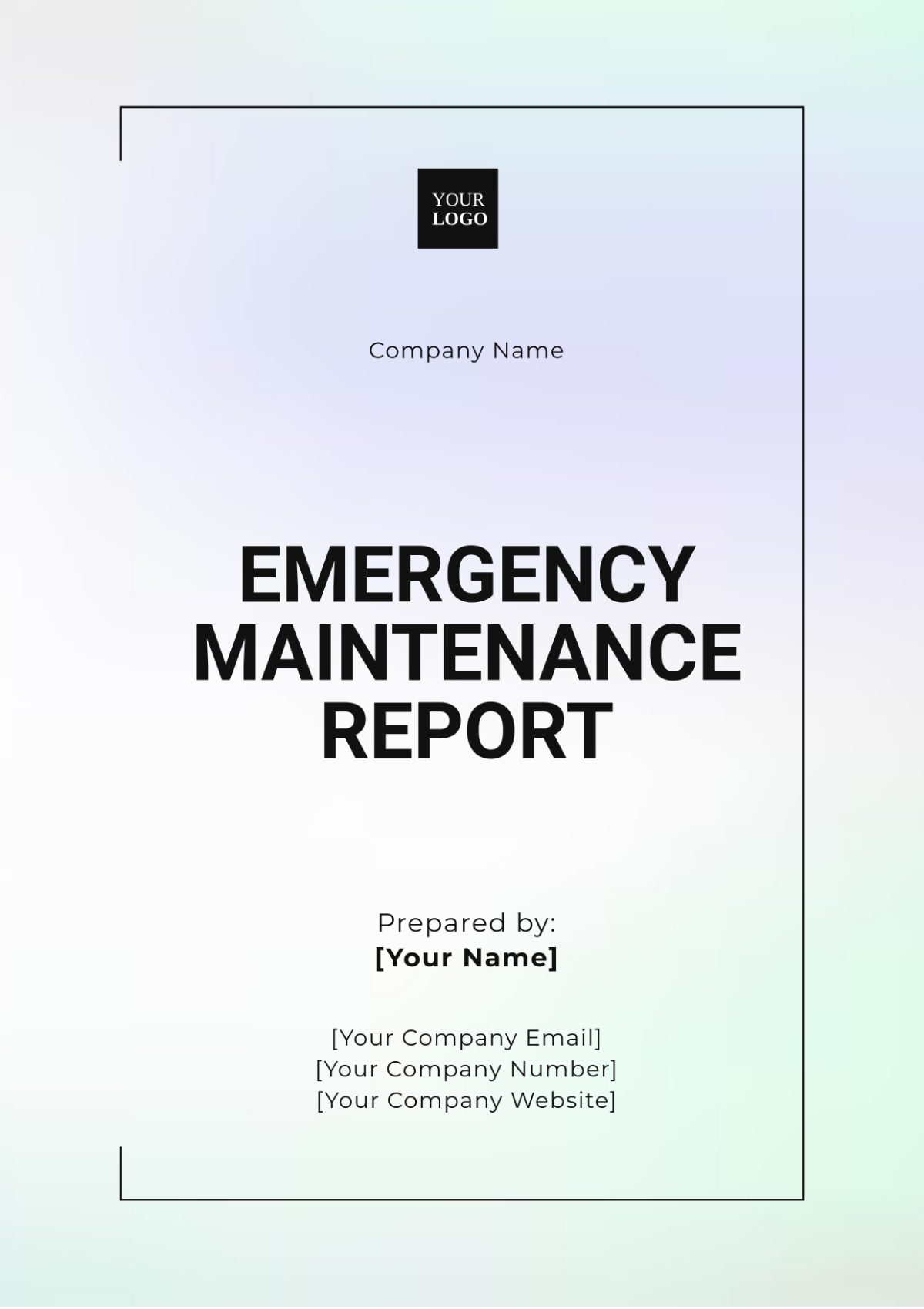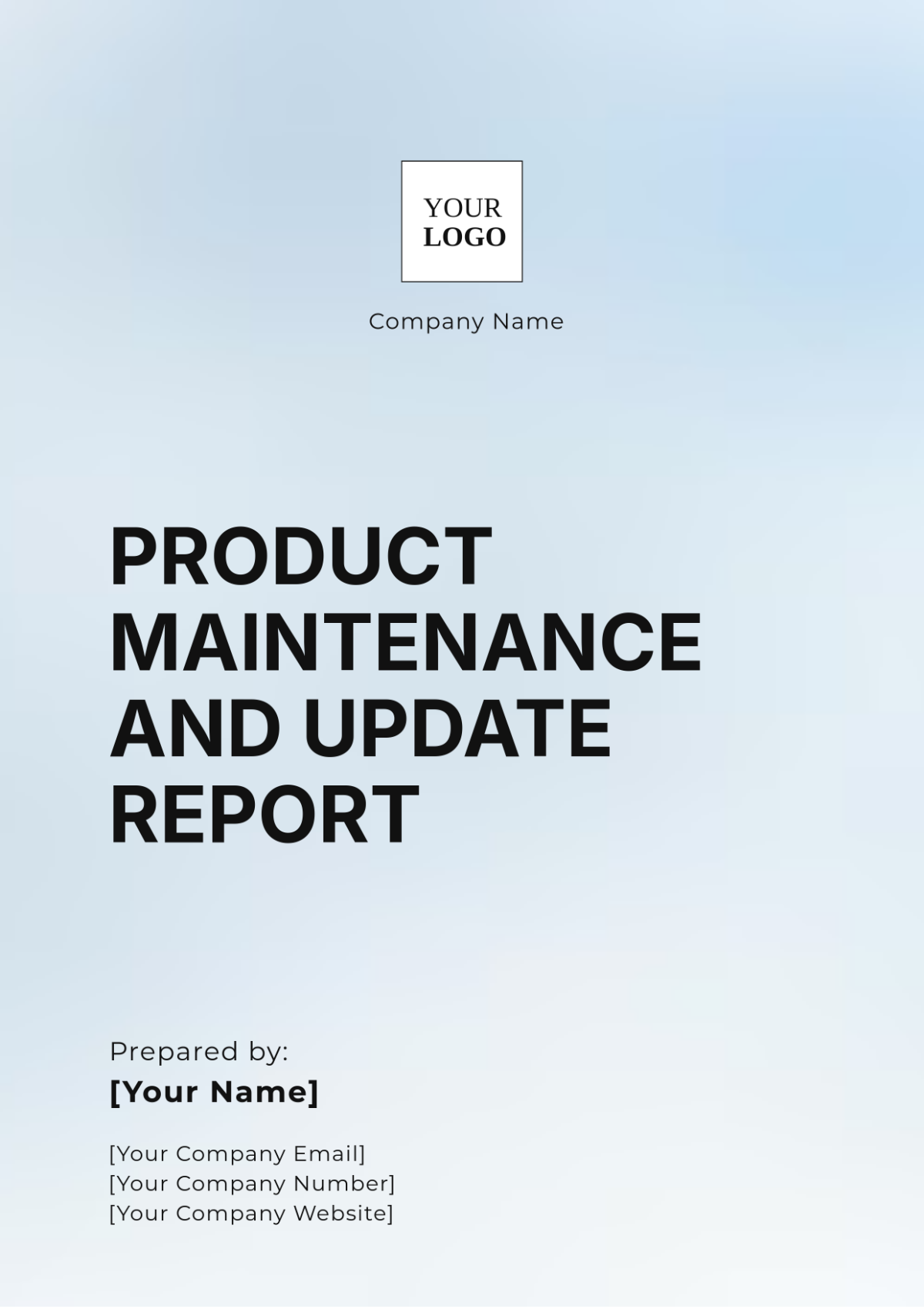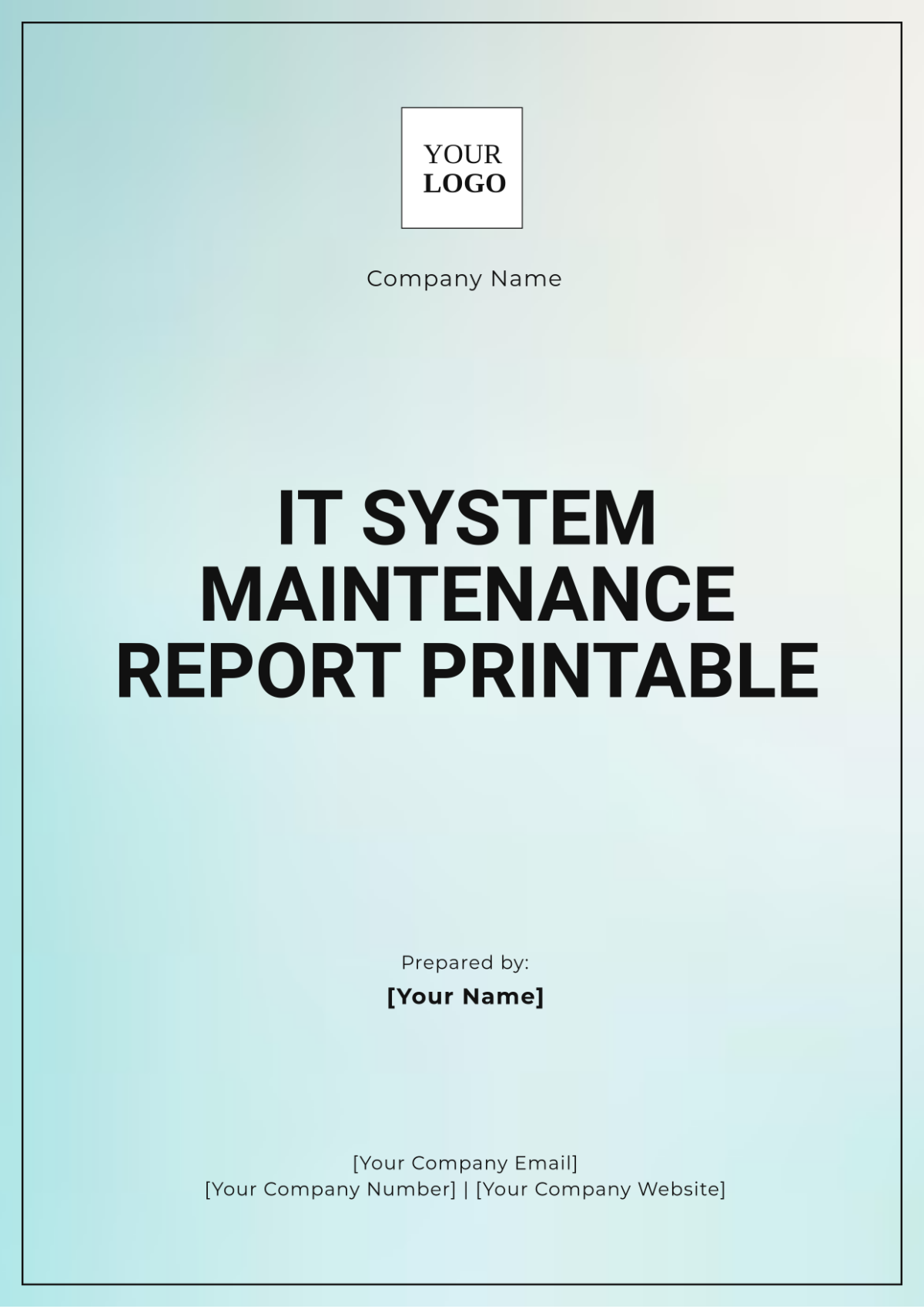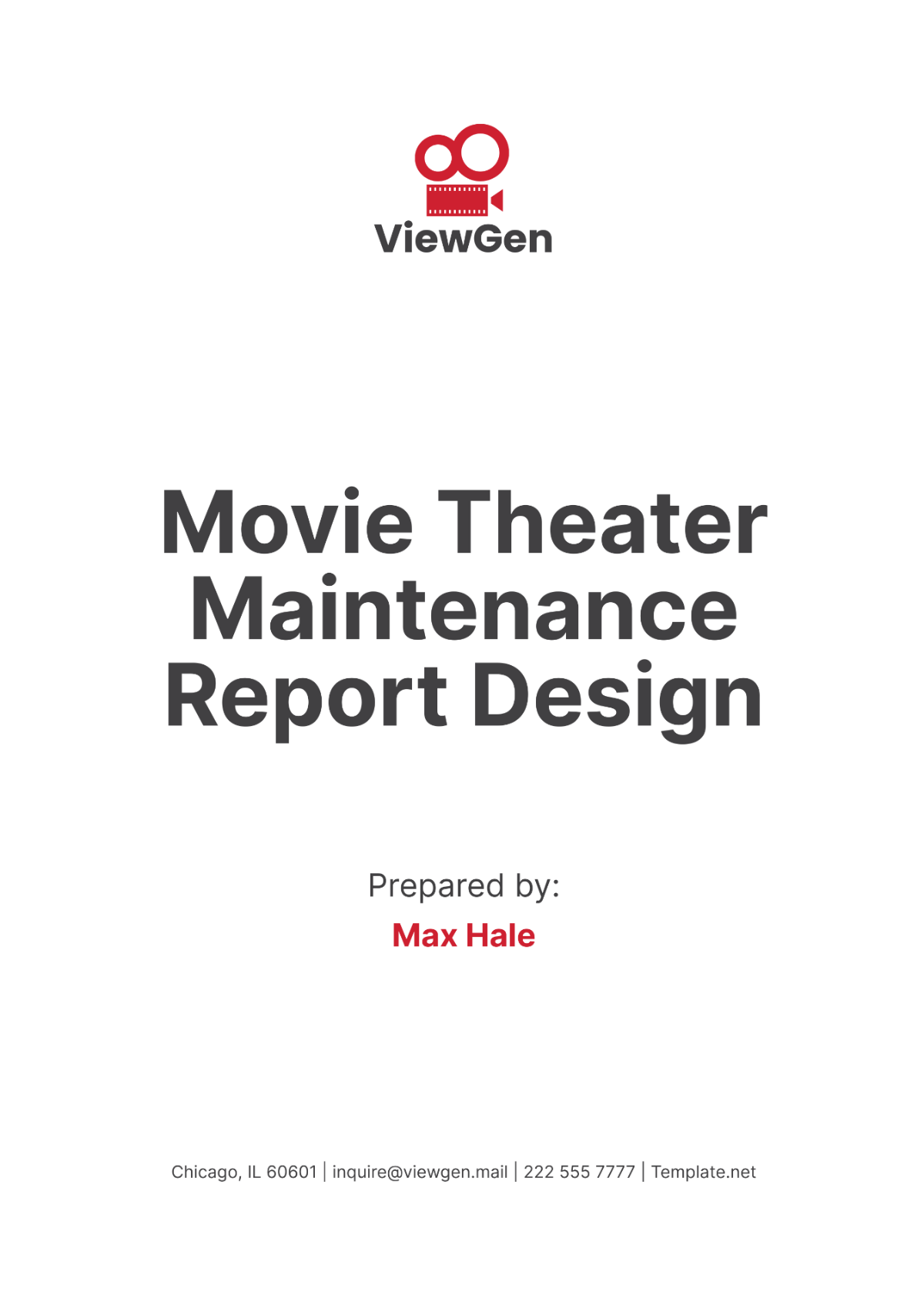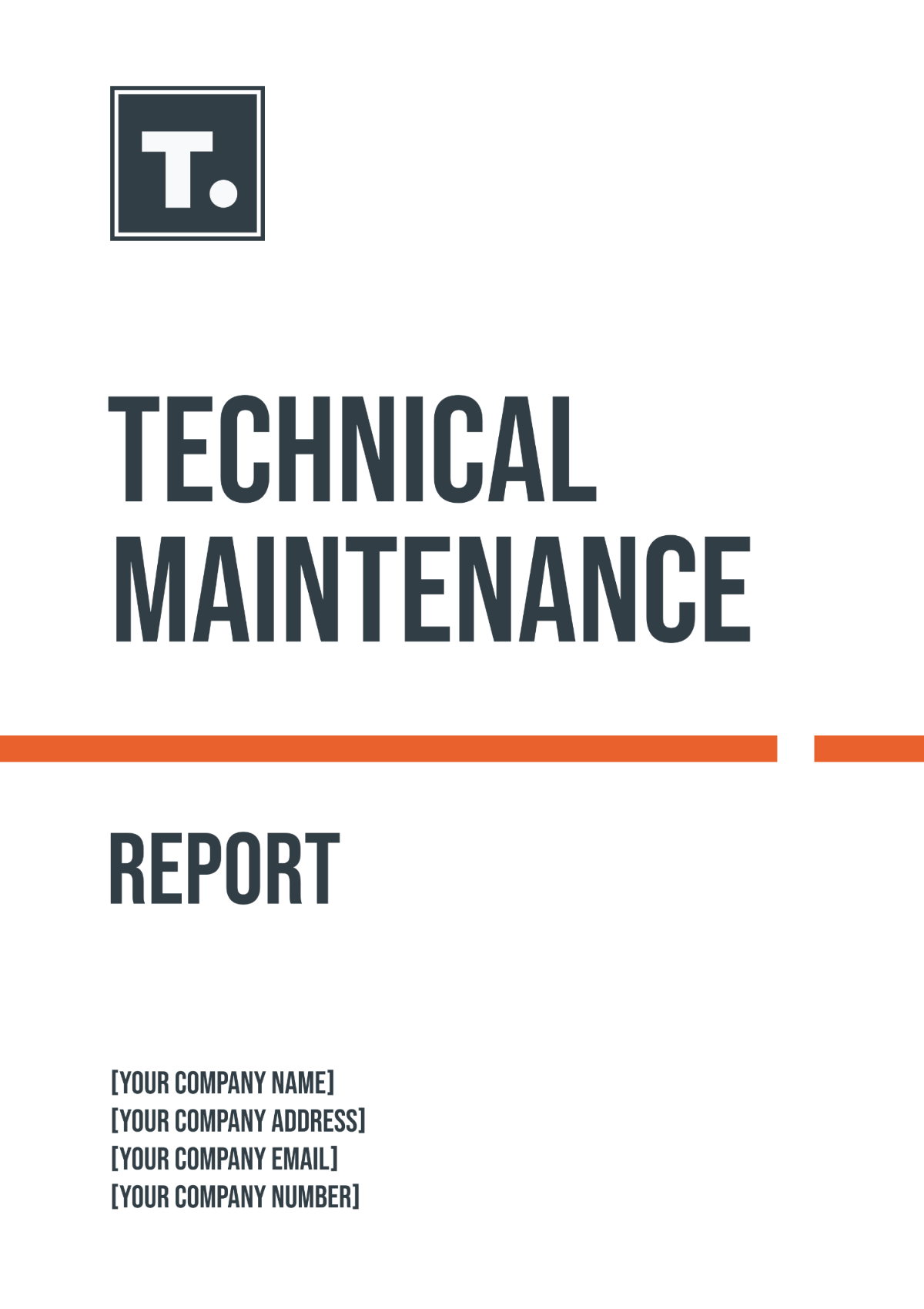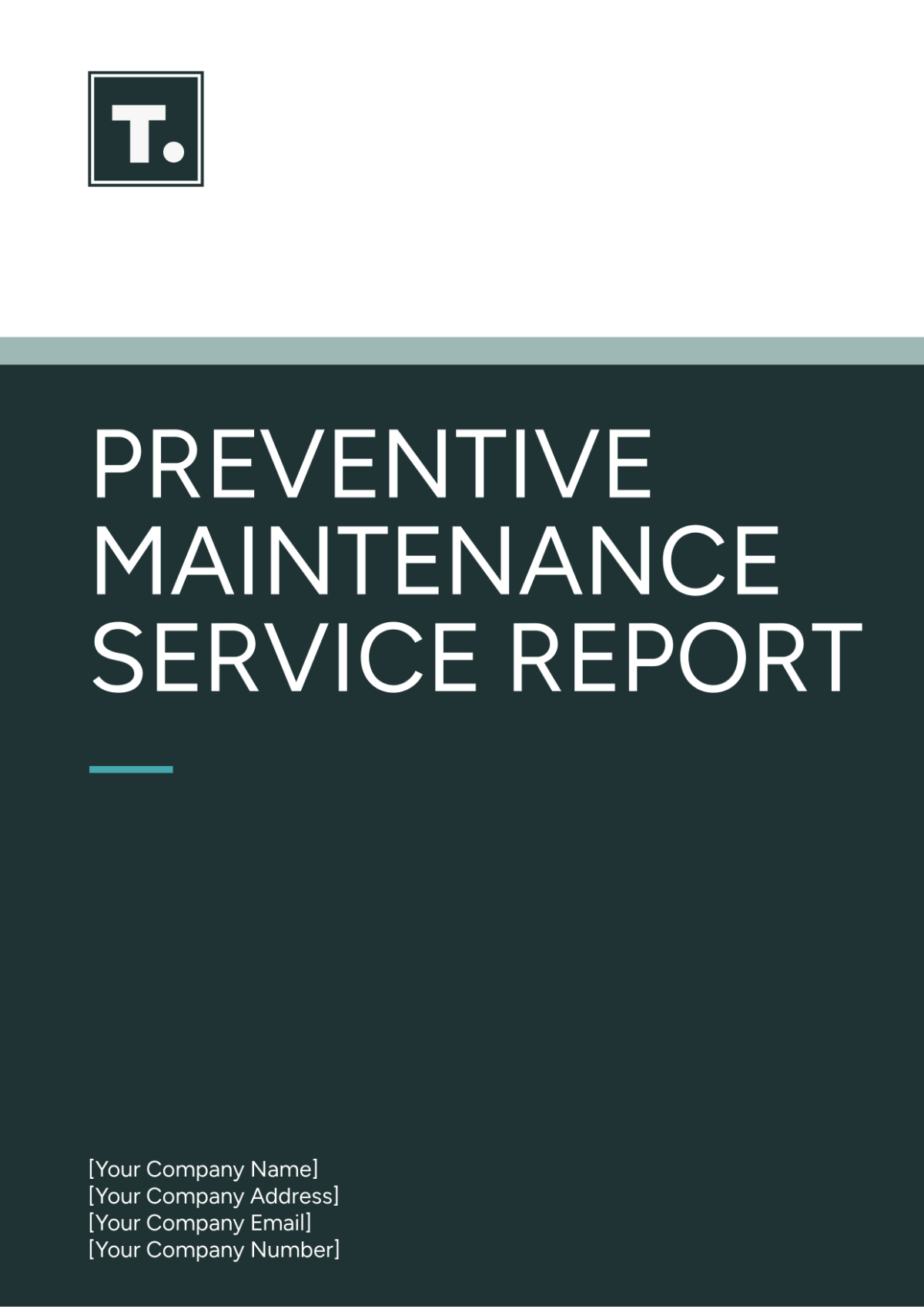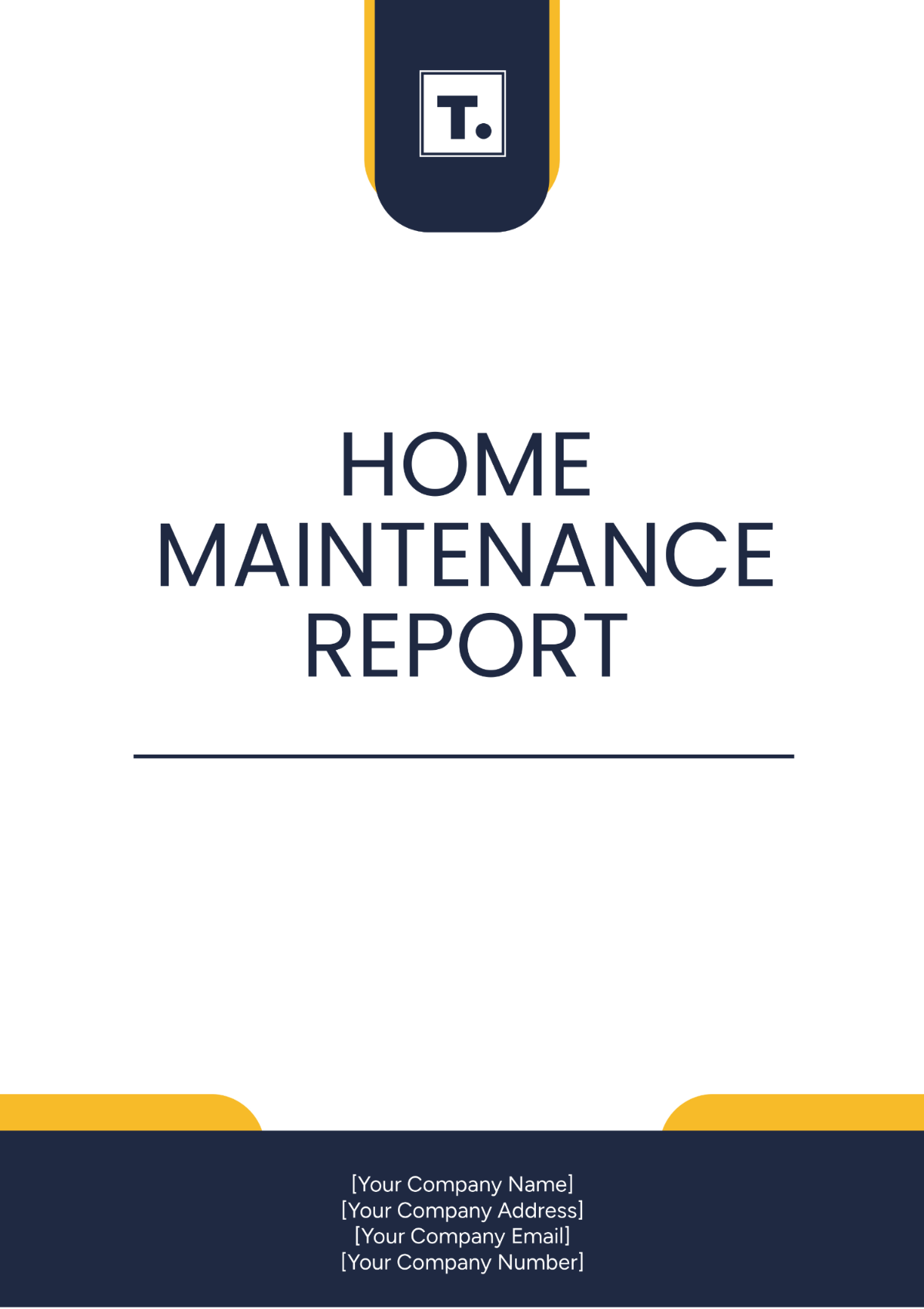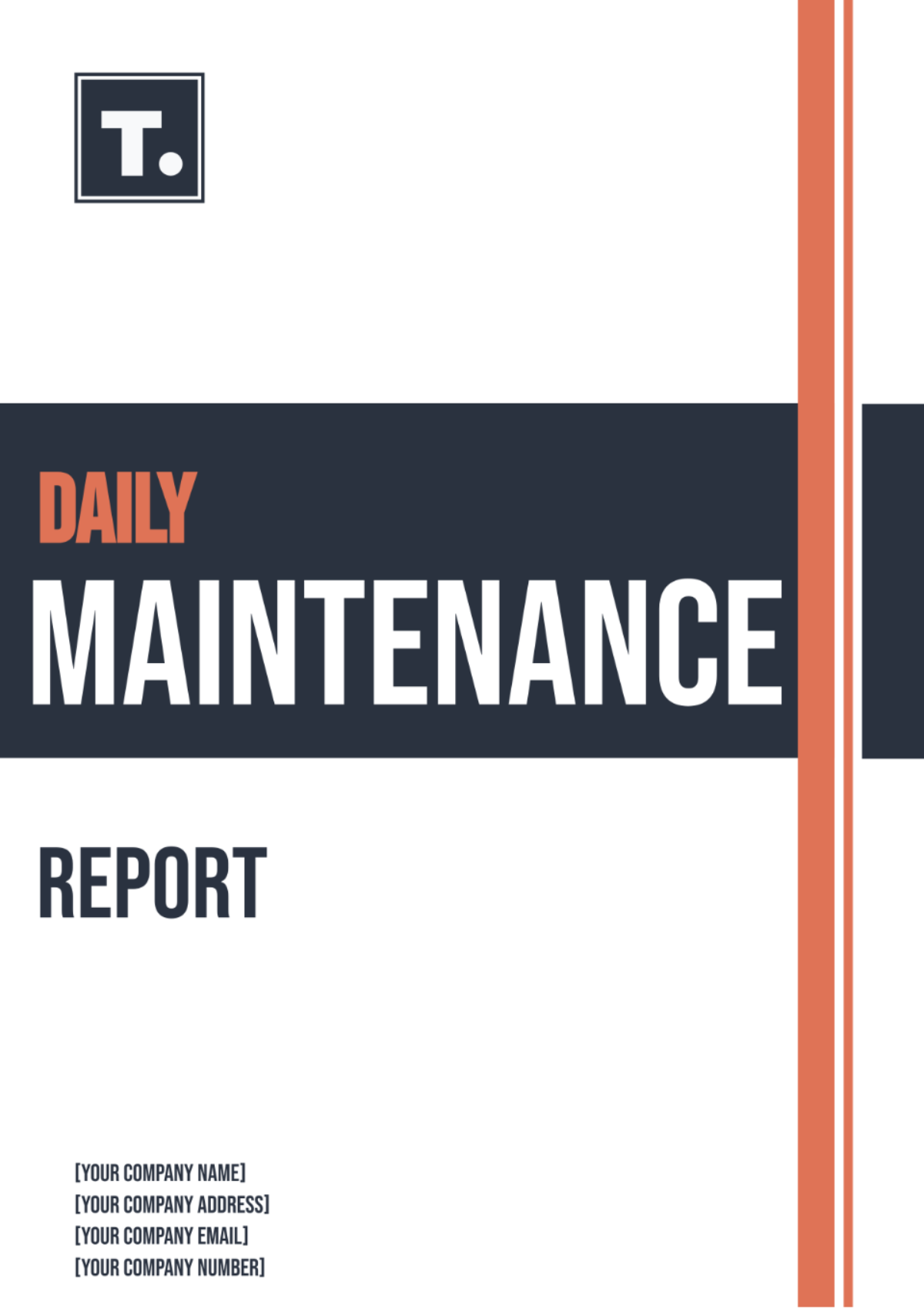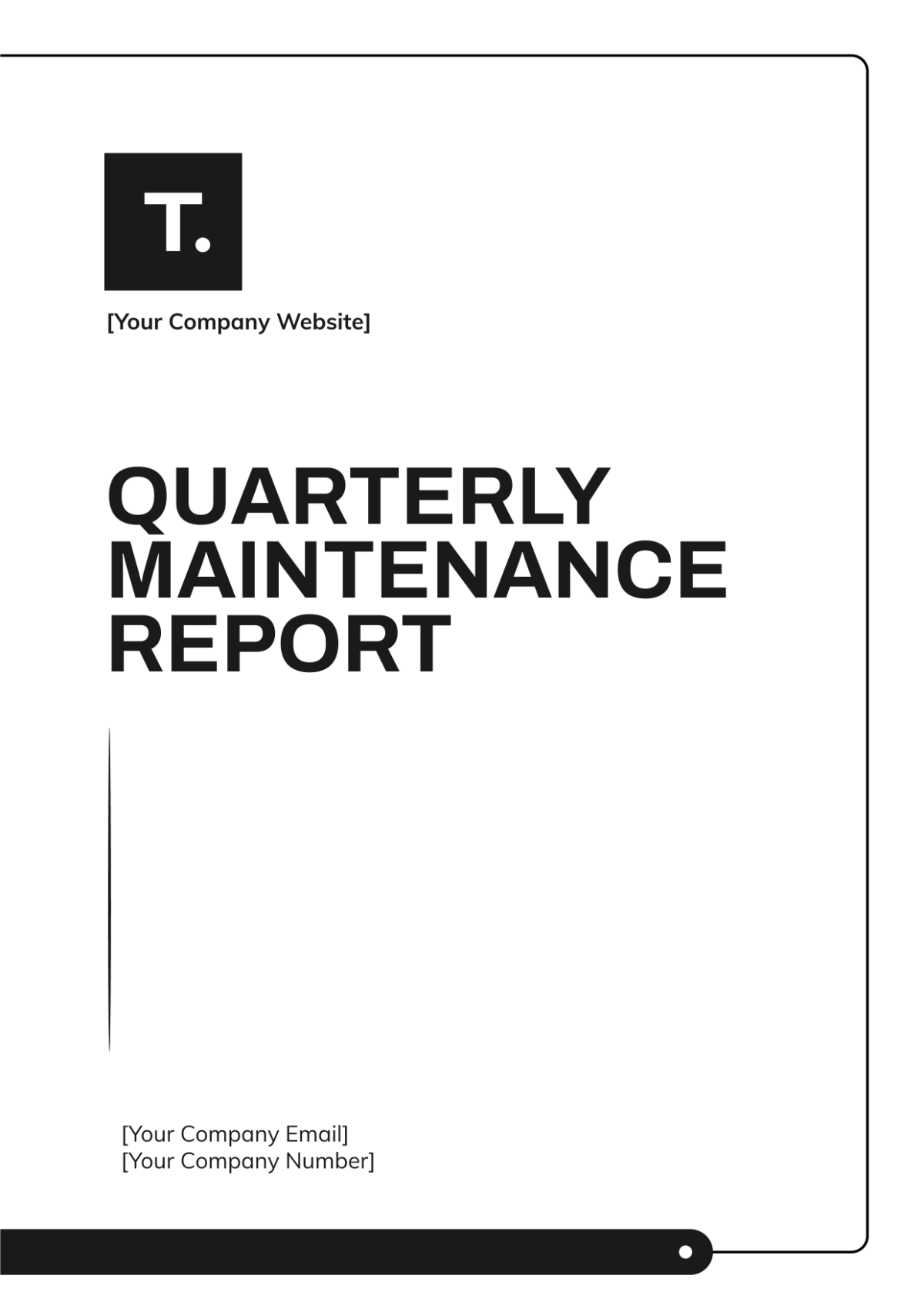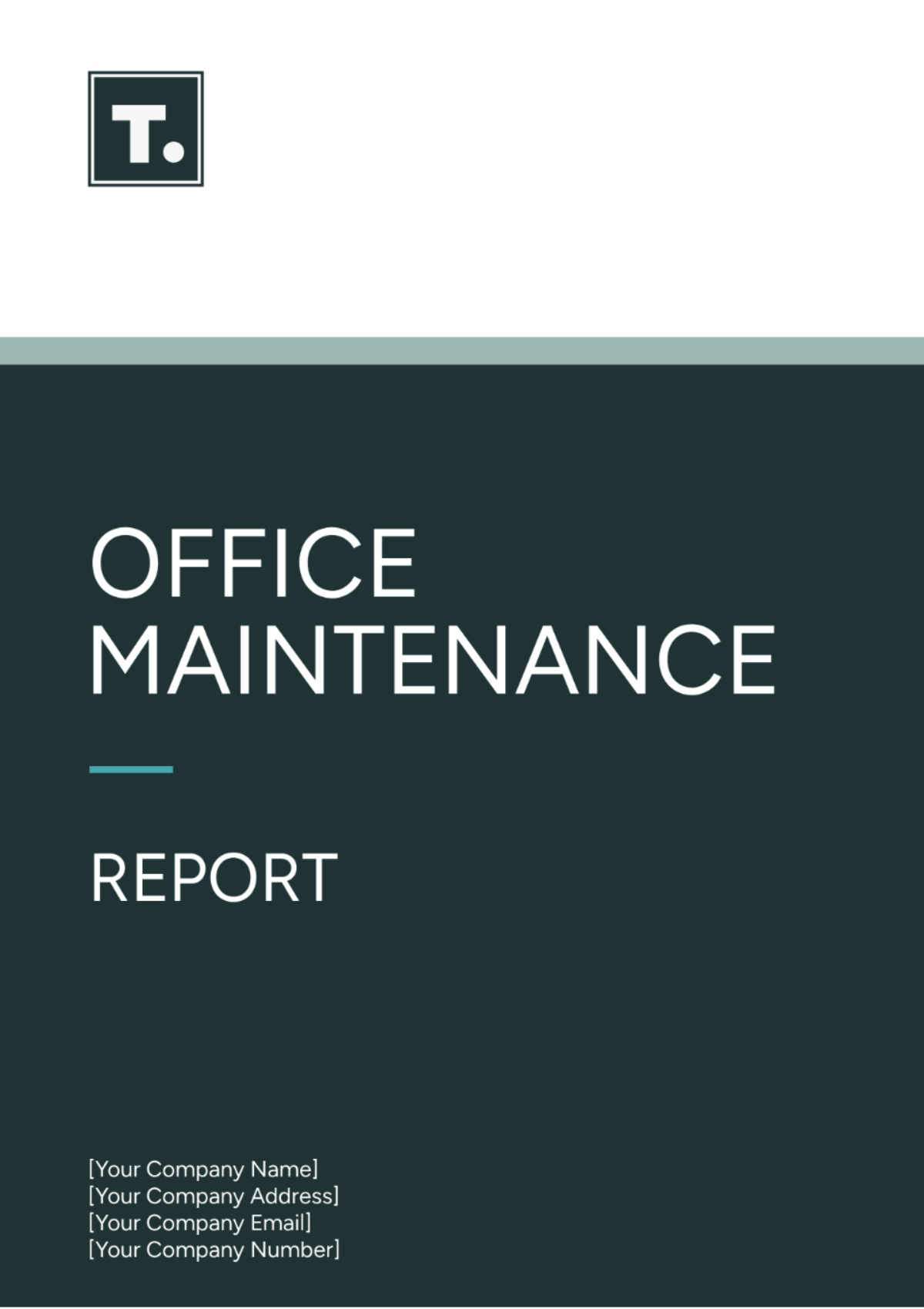IT System Maintenance Report Printable
I. Executive Summary
In the current month, our IT team conducted a thorough maintenance check of all critical systems. This report details the activities carried out, the issues identified, and the steps taken to ensure the continued reliability and performance of our IT infrastructure.
A. Overview
The maintenance was carried out successfully, covering hardware, software, security, and network systems. A dedicated team was engaged to ensure all activities were planned and executed within the scheduled downtime.
B. Key Activities
Hardware inspection and cleaning
Software updates and patches
Security audits and vulnerability assessment
Network performance optimization
II. Maintenance Details
A. Hardware
We thoroughly inspected, cleaned, and replaced worn parts in all servers, workstations, and peripherals to ensure peak performance and prevent future failures.
Component | Status | Action |
|---|---|---|
Server HDD | Good | Cleaned |
Workstation RAM | Faulty | Replaced |
Peripheral Devices | Good | Cleaned |
B. Software
We performed routine software updates to ensure all applications were up-to-date, minimizing security risks. Critical system patches were applied to address vulnerabilities and improve overall system functionality. Below is a summary of key software updates:
Application | Update Type | Notes |
|---|---|---|
Operating System | Security Update | Applied the latest security patches. |
Office Suite | Feature Enhancements | Enhanced features and compatibility. |
Antivirus | Virus Definitions | Updated virus definitions for improved protection. |
C. Security
The IT security team conducted a comprehensive vulnerability assessment. No critical vulnerabilities were found, but several medium-risk issues were addressed to fortify our defenses. Key security tasks included:
Review and update firewall rules
Regular malware scans
User permission audits
D. Network
To improve the efficiency and reliability of our internal and external connections, a comprehensive process of optimizing network performance was conducted. This involved implementing several key changes, which include the following:
Upgraded network switches
Optimized routing protocols
Enhanced Wi-Fi coverage
III. Conclusion
The maintenance activities performed have significantly improved the robustness and efficiency of our IT systems. Going forward, we will continue to adhere to a regular maintenance schedule to preempt any potential issues and ensure the continued stability and security of our infrastructure.
A. Lessons Learned
The maintenance process highlighted the importance of regular hardware and software checks. Future maintenance sessions will incorporate even more detailed inspections and verifications to anticipate potential issues early.
B. Future Recommendations
Schedule maintenance checks every quarter
Invest in automated monitoring tools
Improve user training on security best practices


